Color Psychology: How to Choose the Right Colors for Your Living Room
If you’re looking to revamp your living room, one of the most important decisions you’ll have to make is choosing the right colors. The colors you choose can greatly impact the overall look and feel of the space. But with so many options to choose from, how do you know which colors are right for your living room? By understanding color psychology, you can make informed decisions that will help create a space that reflects your personal style and promotes the right mood and atmosphere. Here are some tips to help you choose the right colors for your living room.
10 Tips for Choosing the Perfect Colors for Your Living Room
1. Consider the room’s purpose: Before choosing any colors, think about how you want to use your living room. Will it be a space for relaxation and entertainment or a more formal and sophisticated area? The purpose of the room can help guide your color choices.
2. Take inspiration from your existing decor: Look at the colors in your furniture, artwork, and other decorative elements. Use these as a starting point for choosing colors that will complement and enhance your existing decor.
3. Stick to a color scheme: To create a cohesive and harmonious look, it’s important to have a color scheme in mind. This can be monochromatic (different shades of one color), complementary (opposite colors on the color wheel), or analogous (colors next to each other on the color wheel).
4. Consider the size and layout of your living room: The size and layout of your living room can also influence your color choices. For smaller spaces, lighter colors can help create the illusion of more space, while darker colors can make a large room feel cozier.
5. Experiment with bold colors: Don’t be afraid to use bold and vibrant colors in your living room. These can add interest and personality to the space. Just be sure to balance them out with neutral or lighter colors.
6. Use the 60-30-10 rule: A good rule of thumb in interior design is to use 60% of a dominant color, 30% of a secondary color, and 10% of an accent color. This will help create a balanced and visually appealing color scheme.
7. Consider the lighting: Natural and artificial lighting can greatly impact the colors in your living room. Be sure to consider the amount and type of lighting in your space when choosing colors. Cooler tones work well in well-lit rooms, while warmer tones can add warmth to dimly lit areas.
8. Use neutrals as a base: Neutral colors, such as white, beige, and gray, make great base colors for any living room. These can serve as a backdrop for bolder accent colors and can easily be changed if you want to switch up your color scheme in the future.
9. Take cues from nature: Nature is a great source of inspiration when it comes to choosing colors for your living room. Greens, blues, and earthy tones can create a calming and natural feel, while pops of bright colors can add interest and energy.
10. Trust your instincts: At the end of the day, your living room should reflect your personal style and preferences. Don’t be afraid to trust your instincts and choose colors that you love and feel comfortable with.
The Dos and Don'ts of Choosing Colors for Your Living Room
Do:
5 Color Schemes to Consider for Your Living Room
1. Monochromatic: Stick to different shades of one color for a clean and sophisticated look.
2. Complementary: Use two opposite colors on the color wheel for a bold and eye-catching living room.
3. Analogous: Choose colors next to each other on the color wheel for a harmonious and cohesive look.
4. Triadic: Use three colors that are evenly spaced on the color wheel for a vibrant and balanced living room.
5. Neutral with pops of color: Use neutral colors as a base and add in pops of bolder colors for interest and contrast.
Choosing the Best Paint Colors for Your Living Room: A Step-by-Step Guide
Step 1: Consider the purpose of your living room and the mood you want to create.
Step 2: Look at your existing decor and choose colors that will complement and enhance it.
Step 3: Choose a color scheme – monochromatic, complementary, analogous, or triadic.
Step 4: Take into account the size and layout of your living room.
Step 5: Experiment with different color combinations.
Step 6: Consider the impact of lighting on your chosen colors.
Step 7: Choose a neutral base color and add in pops of accent colors for interest.
Step 8: Trust your instincts and choose colors that you love and feel comfortable with.
How to Use a Color Wheel to Choose Colors for Your Living Room
A color wheel can be a helpful tool when choosing colors for your living room. It shows the relationship between different colors and can help you create a balanced and harmonious color scheme. You can use the color wheel to choose complementary or analogous colors, or to find the perfect accent color for your living room. Play around with different combinations until you find the one that works best for your space.
Creating a Cohesive Color Palette for Your Living Room: Tips and Tricks
1. Start with a neutral base color and build from there.
2. Use a variety of shades and tones of your chosen colors for a more dynamic and interesting look.
3. Use accent colors sparingly for a pop of color without overwhelming the space.
4. Consider the 60-30-10 rule for a balanced and visually appealing color palette.
5. Take inspiration from your existing decor and use colors that complement it.
Choosing Colors for Your Living Room: Neutral vs. Bold
When it comes to choosing colors for your living room, there’s no right or wrong answer. It all depends on your personal style and preferences. Some people prefer a more neutral and calming color palette, while others like to incorporate bold and vibrant colors for a more energetic and lively space. If you’re unsure, you can always start with a neutral base and add in pops of color through accent pieces and decor.
Using Accent Colors to Add Interest to Your Living Room Design
Accent colors can add interest and personality to your living room design. They can be incorporated through pillows, rugs, curtains, artwork, and other decorative elements. When using accent colors, it’s important to choose ones that complement and enhance your existing color scheme. You can also use accent colors to tie different areas of your living room together, such as by using the same color in the pillows and curtains.
The Impact of Lighting on Color Choice for Your Living Room
The lighting in your living room can greatly impact the colors you choose. Natural light can make colors appear differently than artificial light, so it’s important to consider both when choosing colors. Cooler tones work well in well-lit areas, while warmer tones can add warmth to dimly lit spaces. If you have large windows that let in a lot of natural light, be sure to test your chosen colors in the room before committing to them.
Choosing the Right Color Scheme for Your Living Room
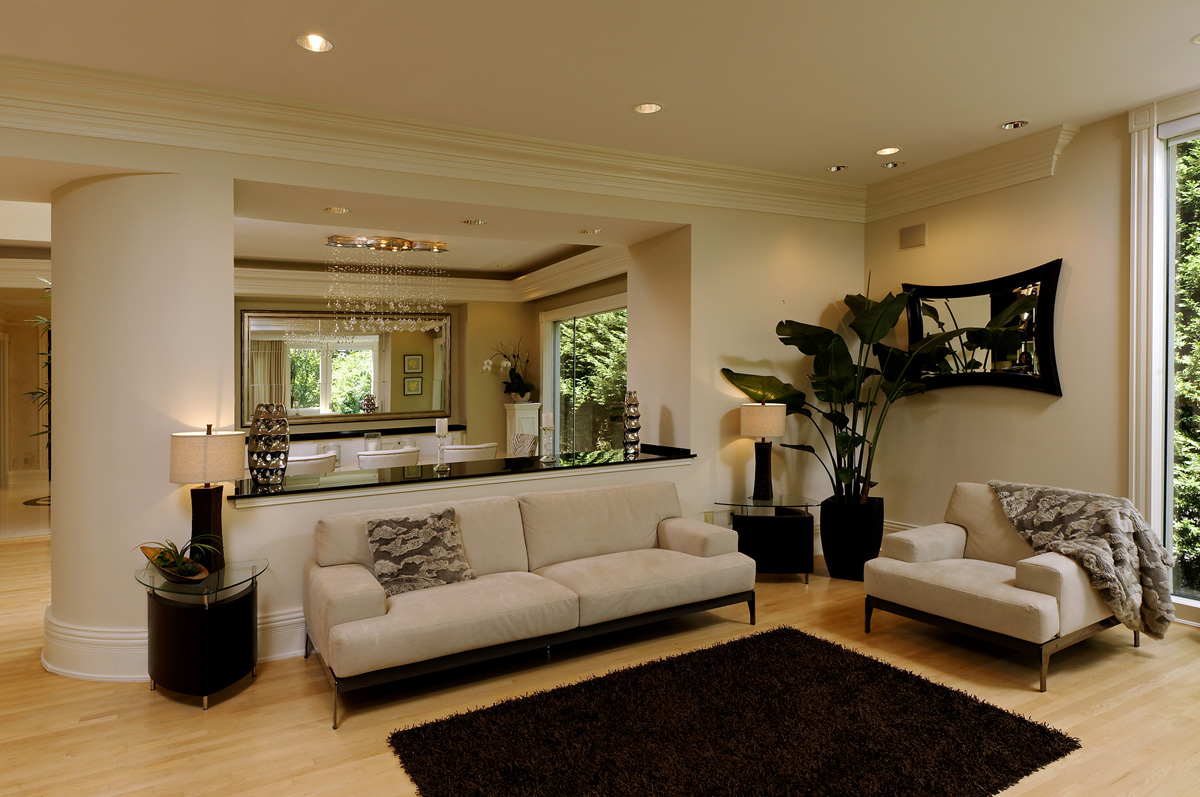
Creating a Cohesive and Inviting Space
 When it comes to designing your living room, one of the most important decisions you will make is choosing the right color scheme. The colors you choose can greatly impact the overall look and feel of the room, so it's important to carefully consider your options. In this article, we will explore some tips on how to choose the perfect colors for your living room that will create a cohesive and inviting space for you and your guests.
Main Keyword: Colors for Your Living Room
When it comes to designing your living room, one of the most important decisions you will make is choosing the right color scheme. The colors you choose can greatly impact the overall look and feel of the room, so it's important to carefully consider your options. In this article, we will explore some tips on how to choose the perfect colors for your living room that will create a cohesive and inviting space for you and your guests.
Main Keyword: Colors for Your Living Room
Consider the Mood You Want to Create
 Featured Keywords: Mood, Create
Before you start picking out paint swatches, take a moment to think about the mood you want to create in your living room. Do you want a cozy and intimate space, or a bright and energetic one? The colors you choose can greatly influence the atmosphere of the room, so it's important to have a clear idea of the mood you want to create before making any decisions.
Related Main Keyword: Choosing
Featured Keywords: Mood, Create
Before you start picking out paint swatches, take a moment to think about the mood you want to create in your living room. Do you want a cozy and intimate space, or a bright and energetic one? The colors you choose can greatly influence the atmosphere of the room, so it's important to have a clear idea of the mood you want to create before making any decisions.
Related Main Keyword: Choosing
Use the 60-30-10 Rule
 Featured Keywords: 60-30-10 rule
A helpful guideline for choosing colors in any room is the 60-30-10 rule. This rule suggests using 60% of one dominant color, 30% of a secondary color, and 10% of an accent color. This creates a balanced and visually appealing color scheme. For example, if you choose a soft beige as your dominant color, you could use a darker shade of beige as your secondary color and add pops of a bold color, such as red or navy, as your accent color.
Related Main Keyword: Guidelines
Featured Keywords: 60-30-10 rule
A helpful guideline for choosing colors in any room is the 60-30-10 rule. This rule suggests using 60% of one dominant color, 30% of a secondary color, and 10% of an accent color. This creates a balanced and visually appealing color scheme. For example, if you choose a soft beige as your dominant color, you could use a darker shade of beige as your secondary color and add pops of a bold color, such as red or navy, as your accent color.
Related Main Keyword: Guidelines
Consider the Lighting in Your Living Room
 Featured Keywords: Lighting, Living Room
The lighting in your living room can greatly affect how the colors appear. Natural light can make colors appear lighter and brighter, while artificial lighting can give colors a warmer or cooler tone. It's important to take into consideration the lighting in your living room when choosing colors to ensure they look the way you want them to in different lighting situations.
Related Main Keywords: Impact, Colors
Featured Keywords: Lighting, Living Room
The lighting in your living room can greatly affect how the colors appear. Natural light can make colors appear lighter and brighter, while artificial lighting can give colors a warmer or cooler tone. It's important to take into consideration the lighting in your living room when choosing colors to ensure they look the way you want them to in different lighting situations.
Related Main Keywords: Impact, Colors
Don't Be Afraid to Experiment
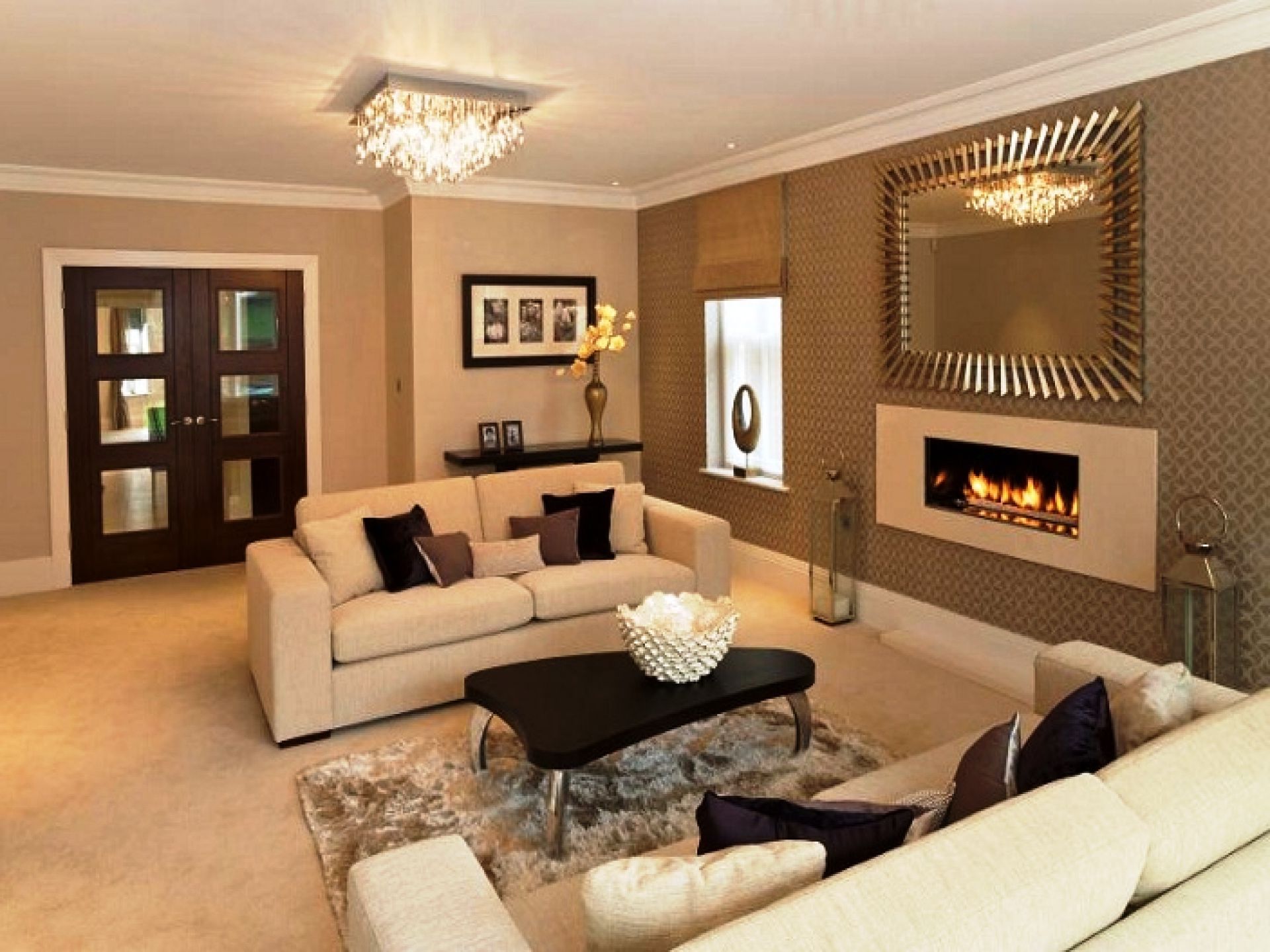 Featured Keywords: Experiment
Choosing the right color scheme for your living room may take some trial and error. Don't be afraid to experiment with different colors and combinations until you find the perfect one for your space. You can also look for inspiration from interior design magazines, websites, or even your favorite TV shows and movies. Remember, there are no set rules when it comes to color, so have fun and be creative!
Related Main Keyword: Design
Featured Keywords: Experiment
Choosing the right color scheme for your living room may take some trial and error. Don't be afraid to experiment with different colors and combinations until you find the perfect one for your space. You can also look for inspiration from interior design magazines, websites, or even your favorite TV shows and movies. Remember, there are no set rules when it comes to color, so have fun and be creative!
Related Main Keyword: Design
In conclusion, choosing the right colors for your living room is an important step in creating a beautiful and welcoming space. Consider the mood you want to create, use the 60-30-10 rule as a guideline, take into account the lighting in your room, and don't be afraid to experiment. With these tips in mind, you can create a color scheme that will make your living room a comfortable and stylish place to relax and entertain.




:extract_focal()/https://pocket-syndicated-images.s3.amazonaws.com/articles/5304/1596722483_at_housetours_2019-06_VivY-RhiannonSouthwell_AT_rhiannon_vivyapp-12.jpg)


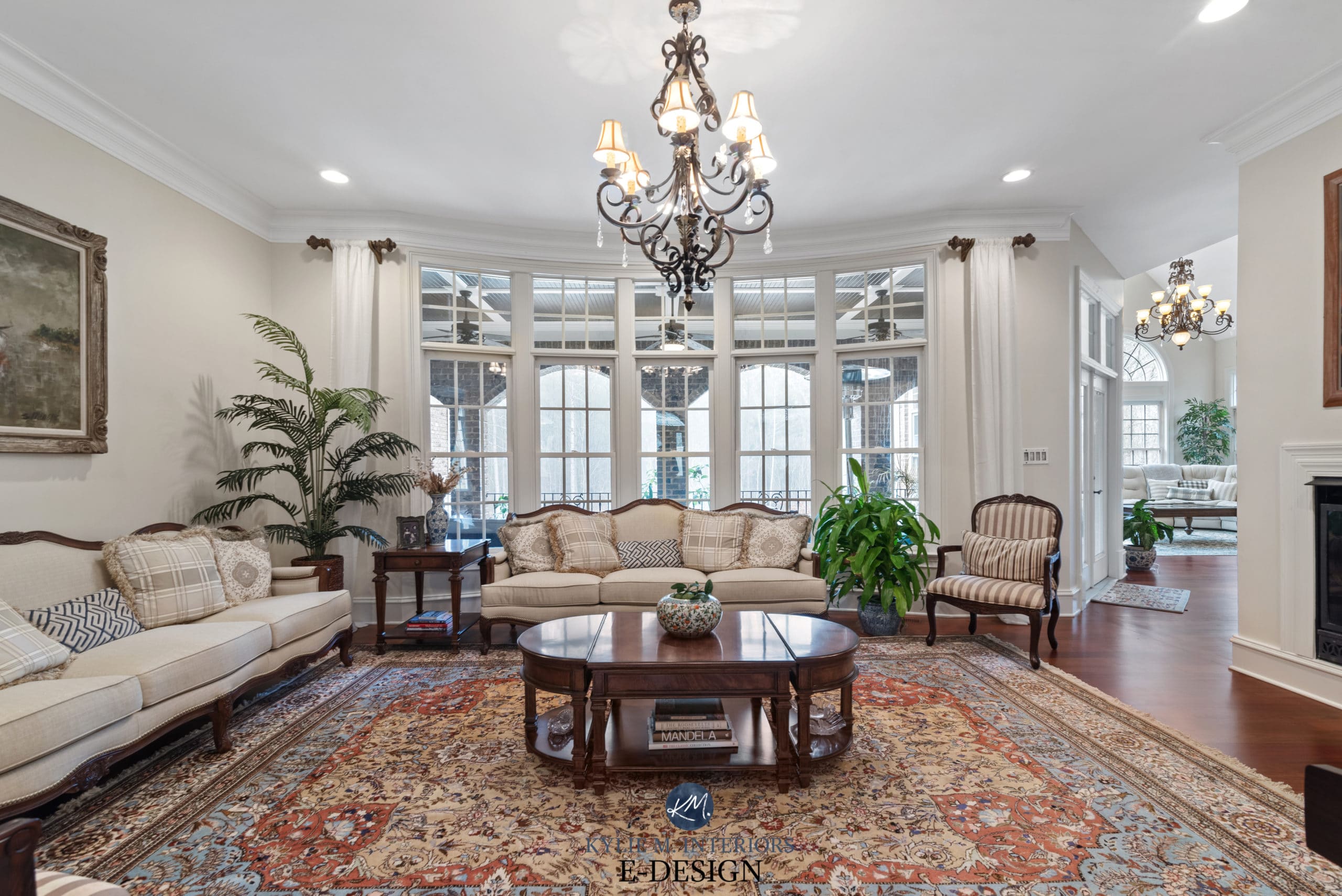


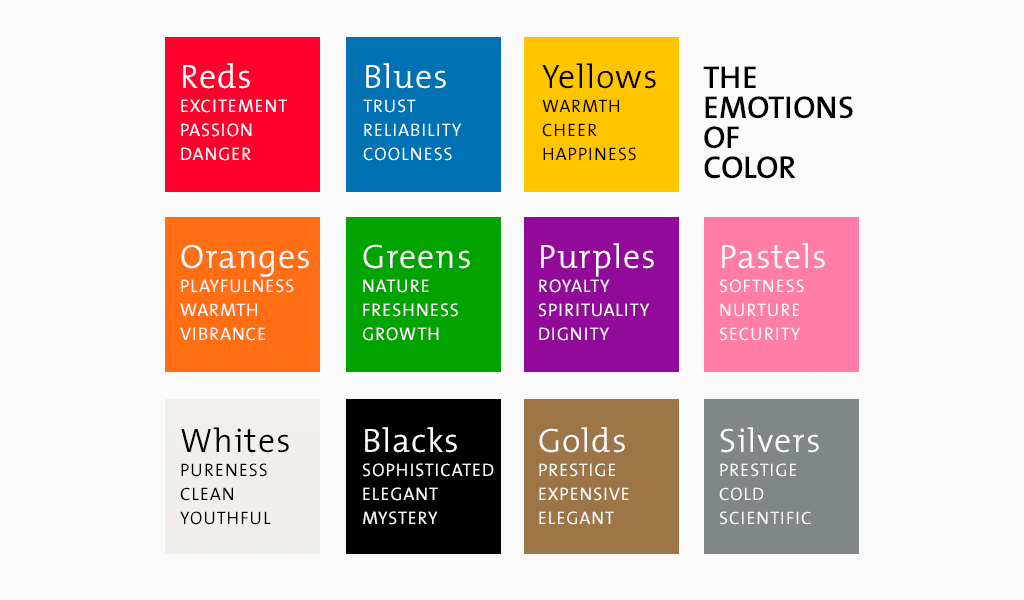

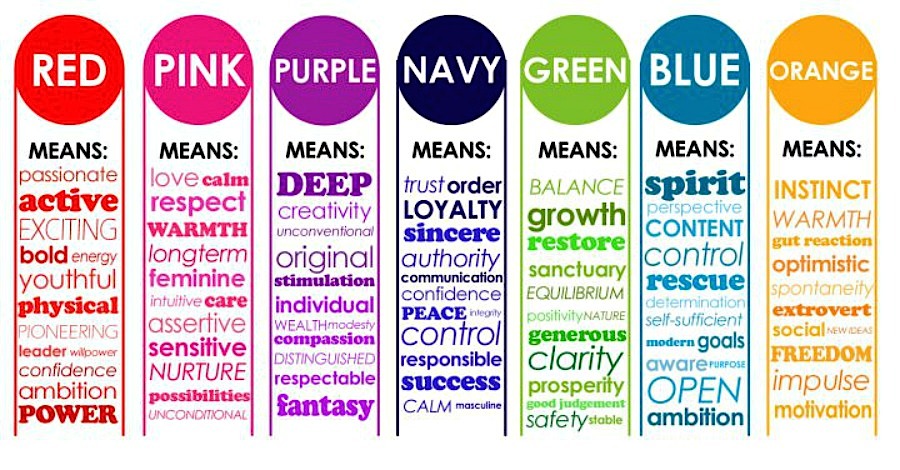




:max_bytes(150000):strip_icc()/showcase-home-interior-looks-inviting--487916813-5accd093fa6bcc00361bb970.jpg)






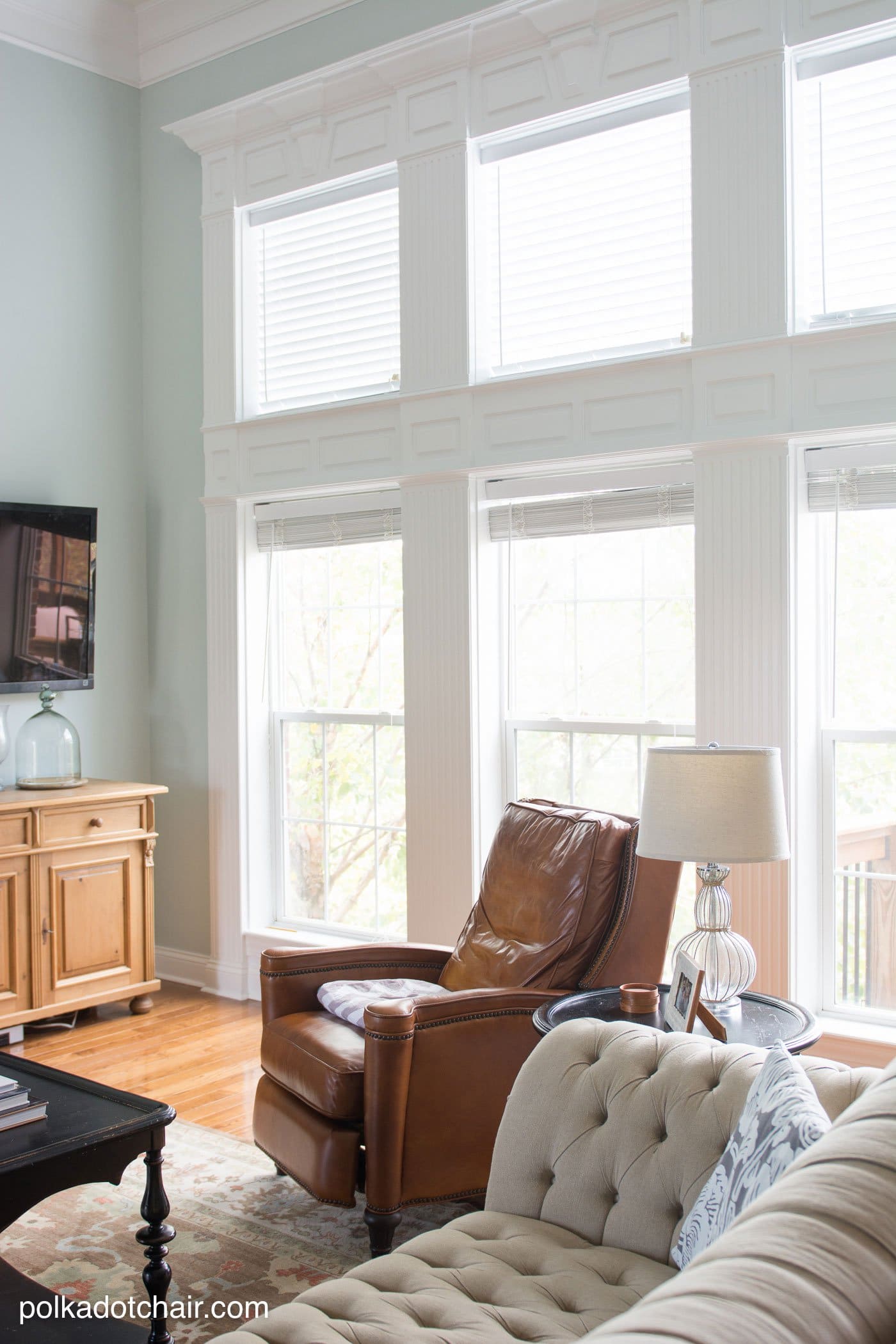





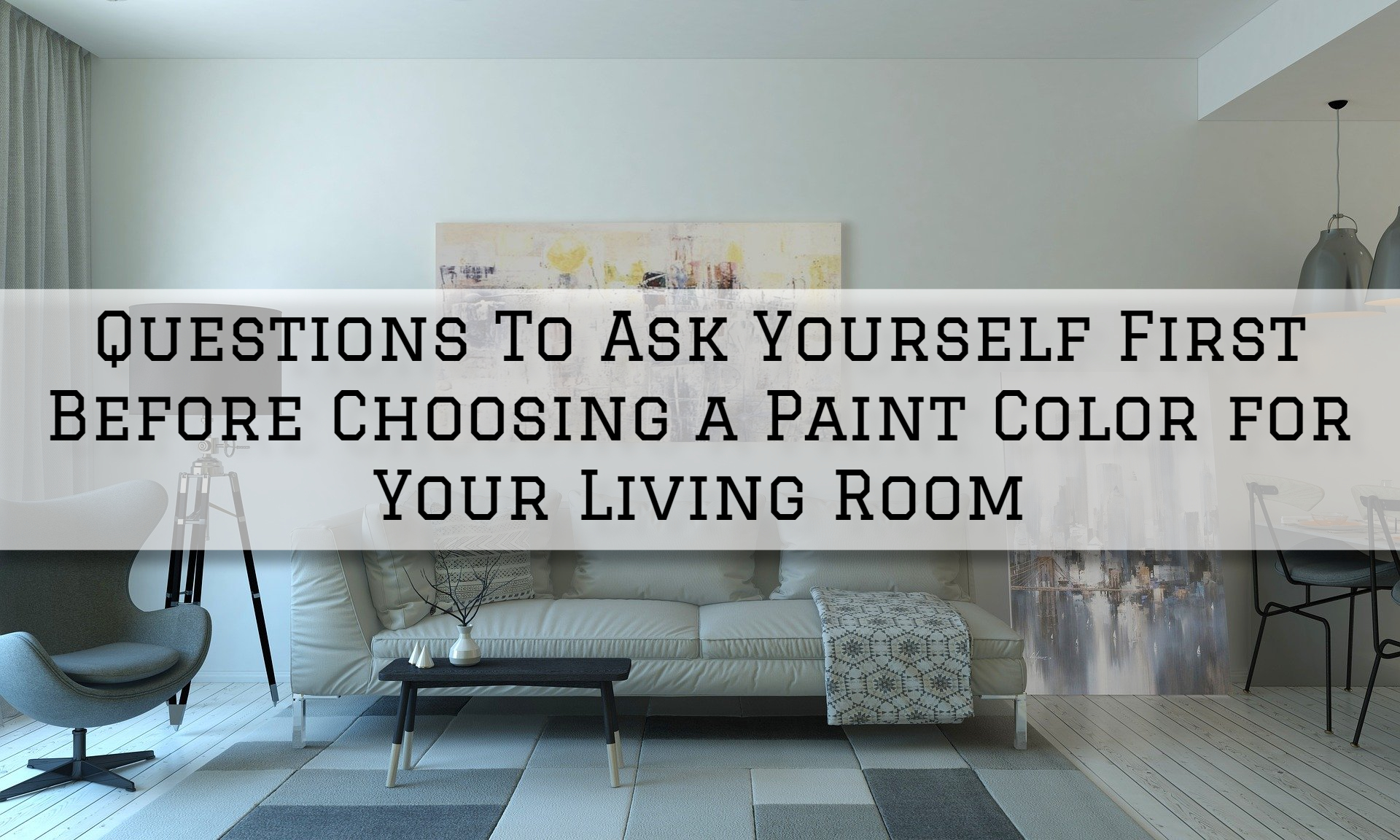



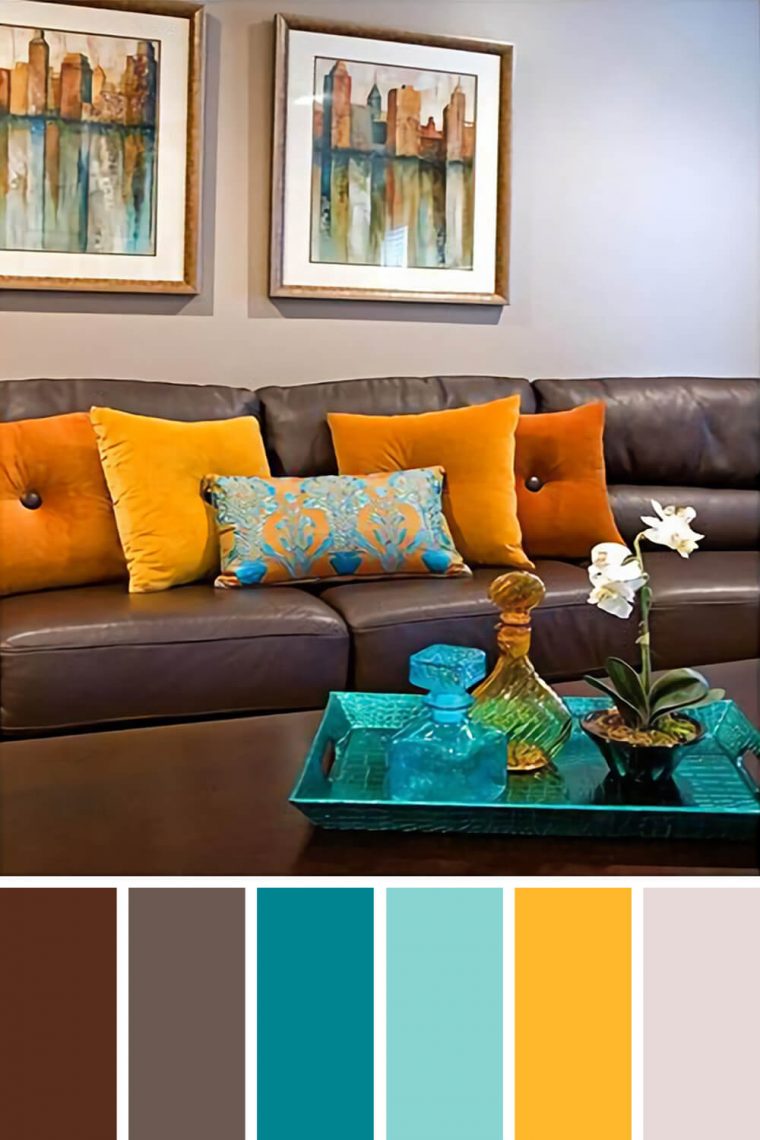
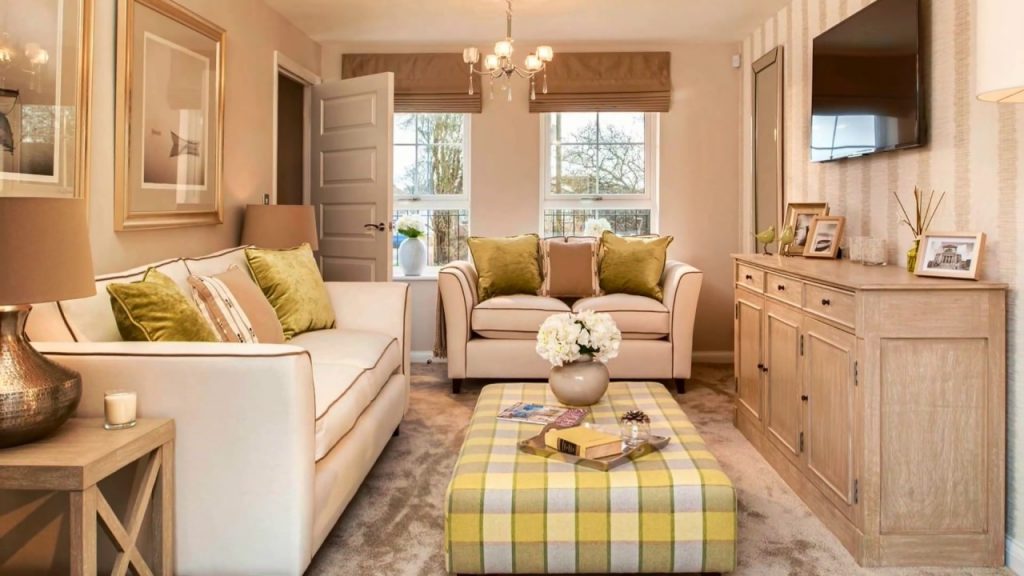

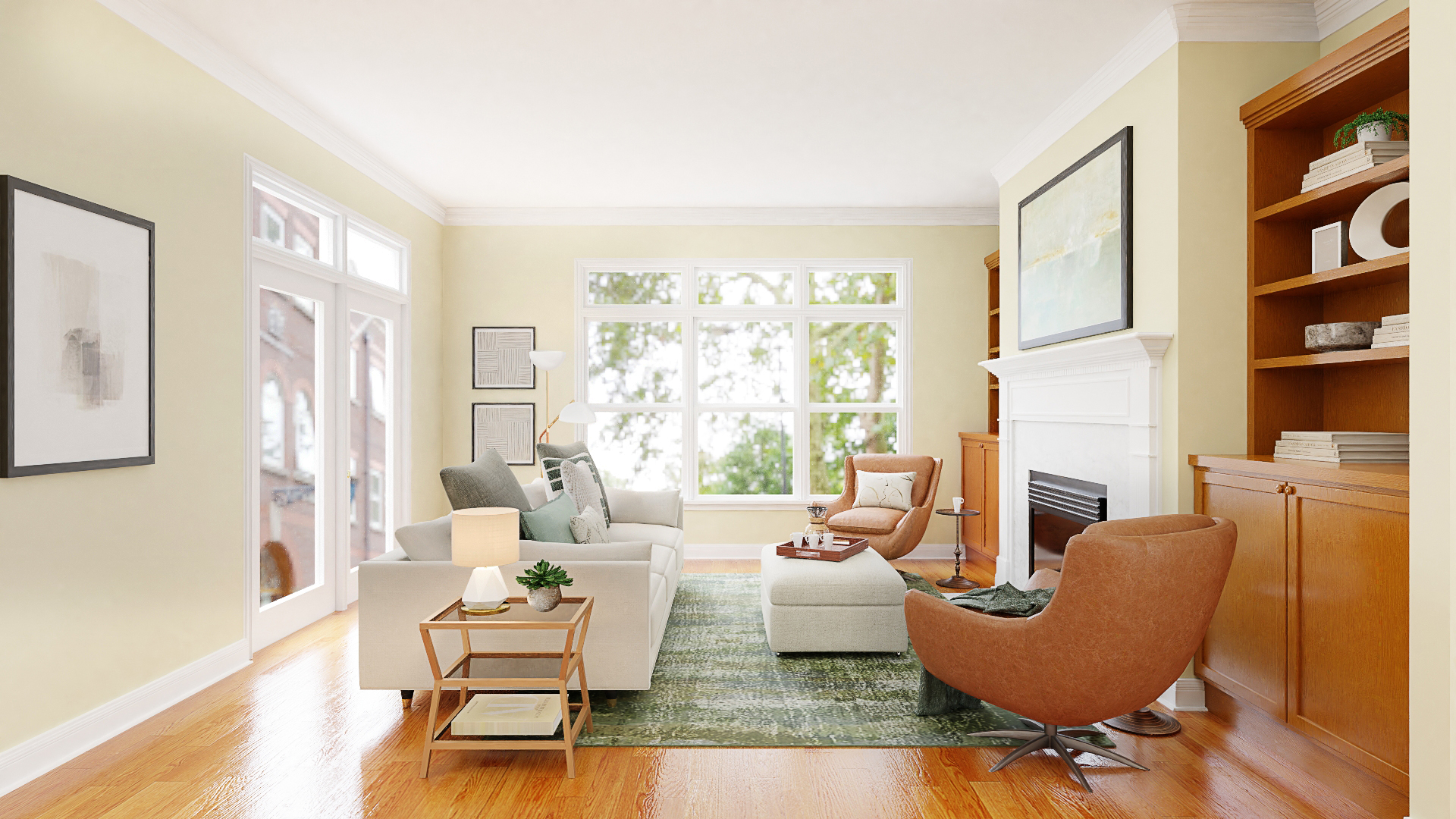
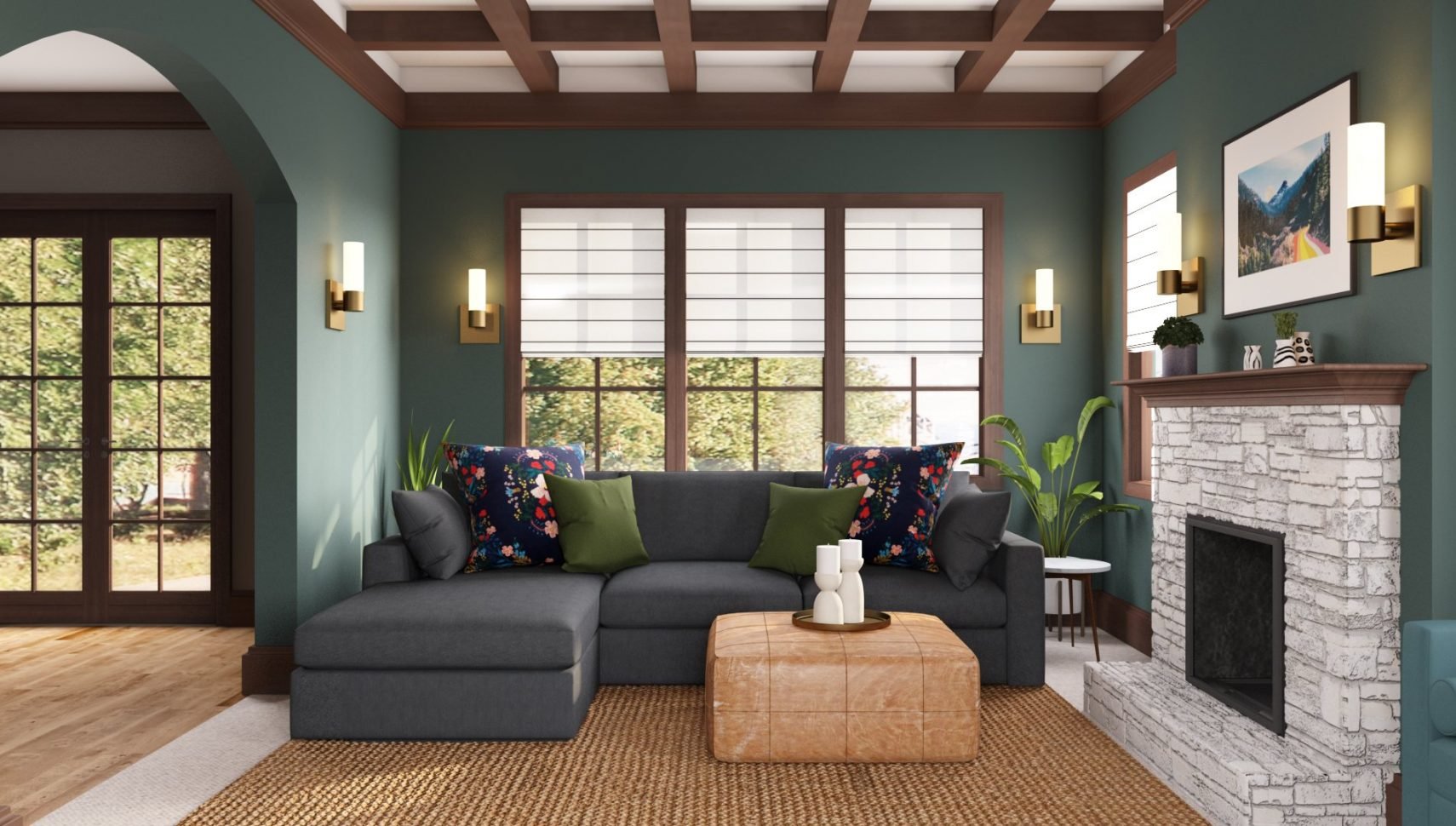

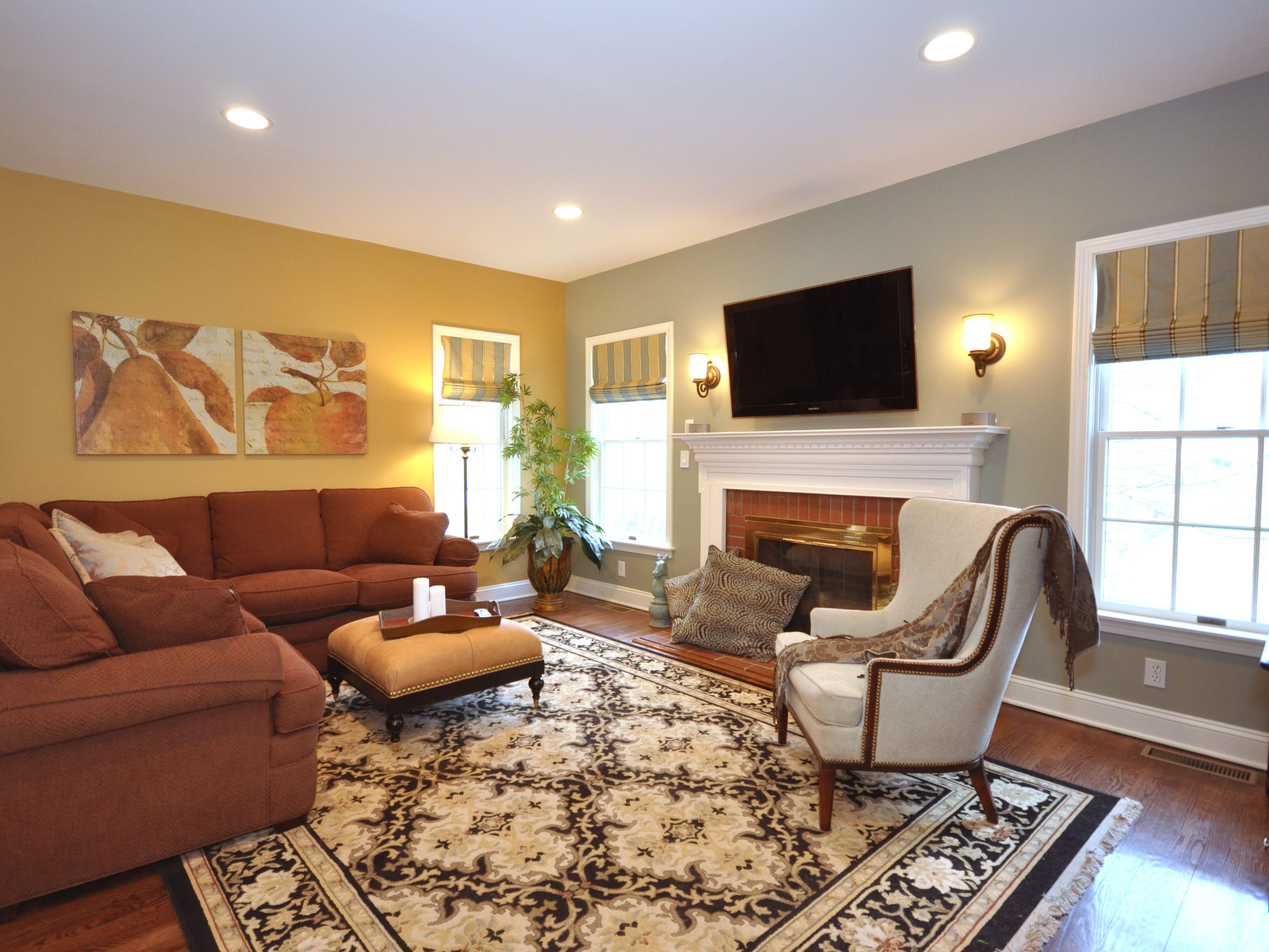
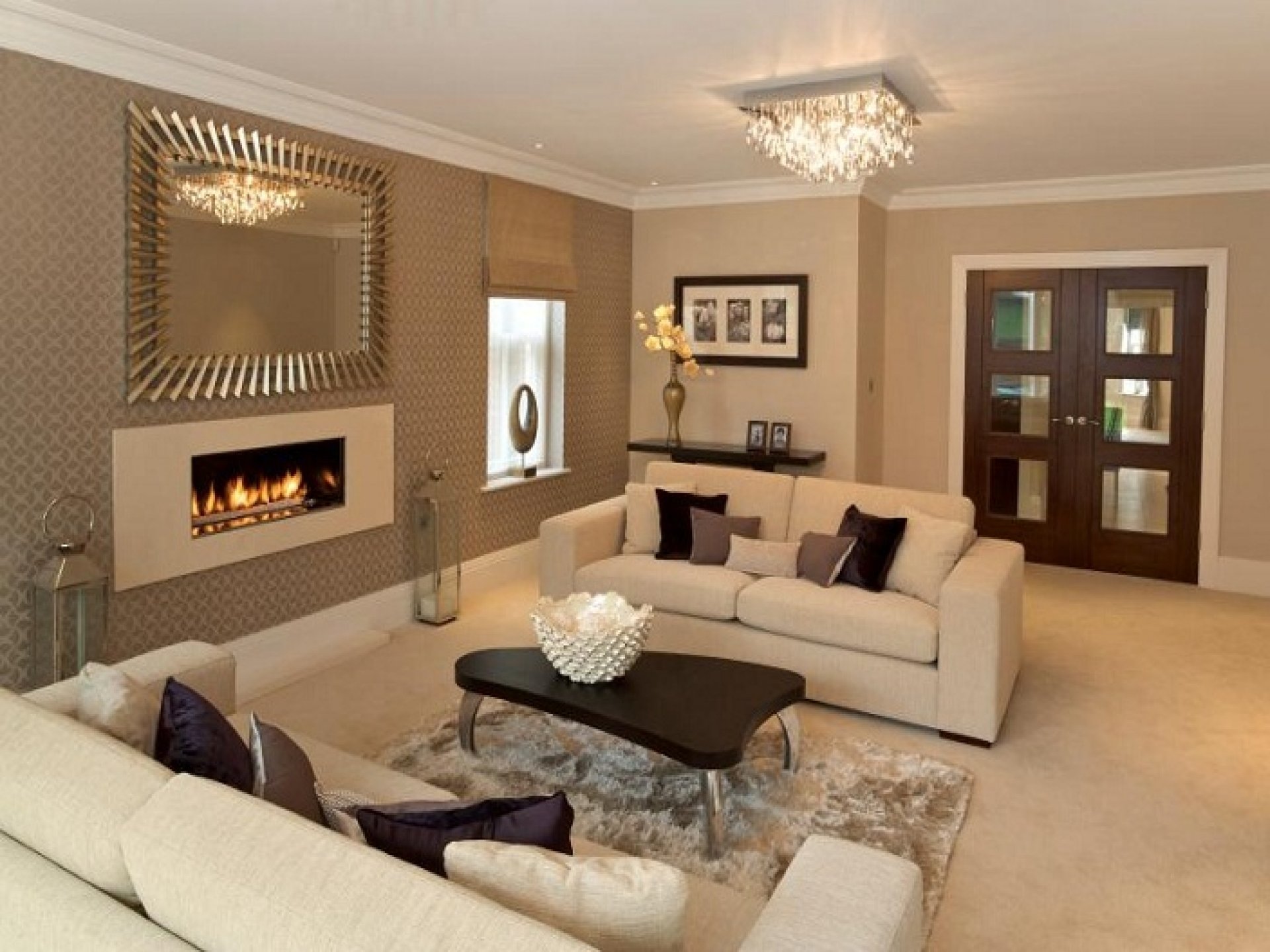
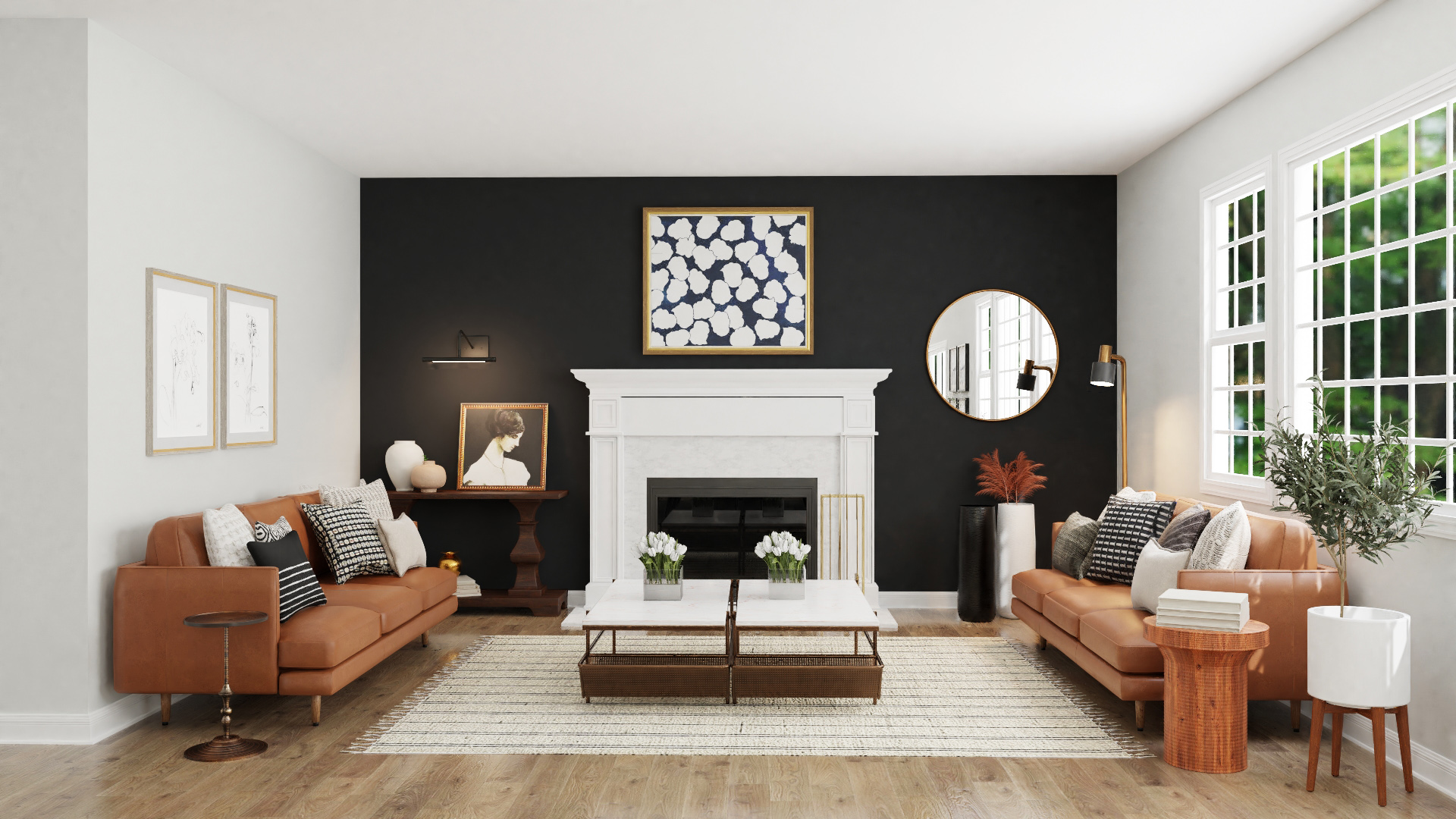
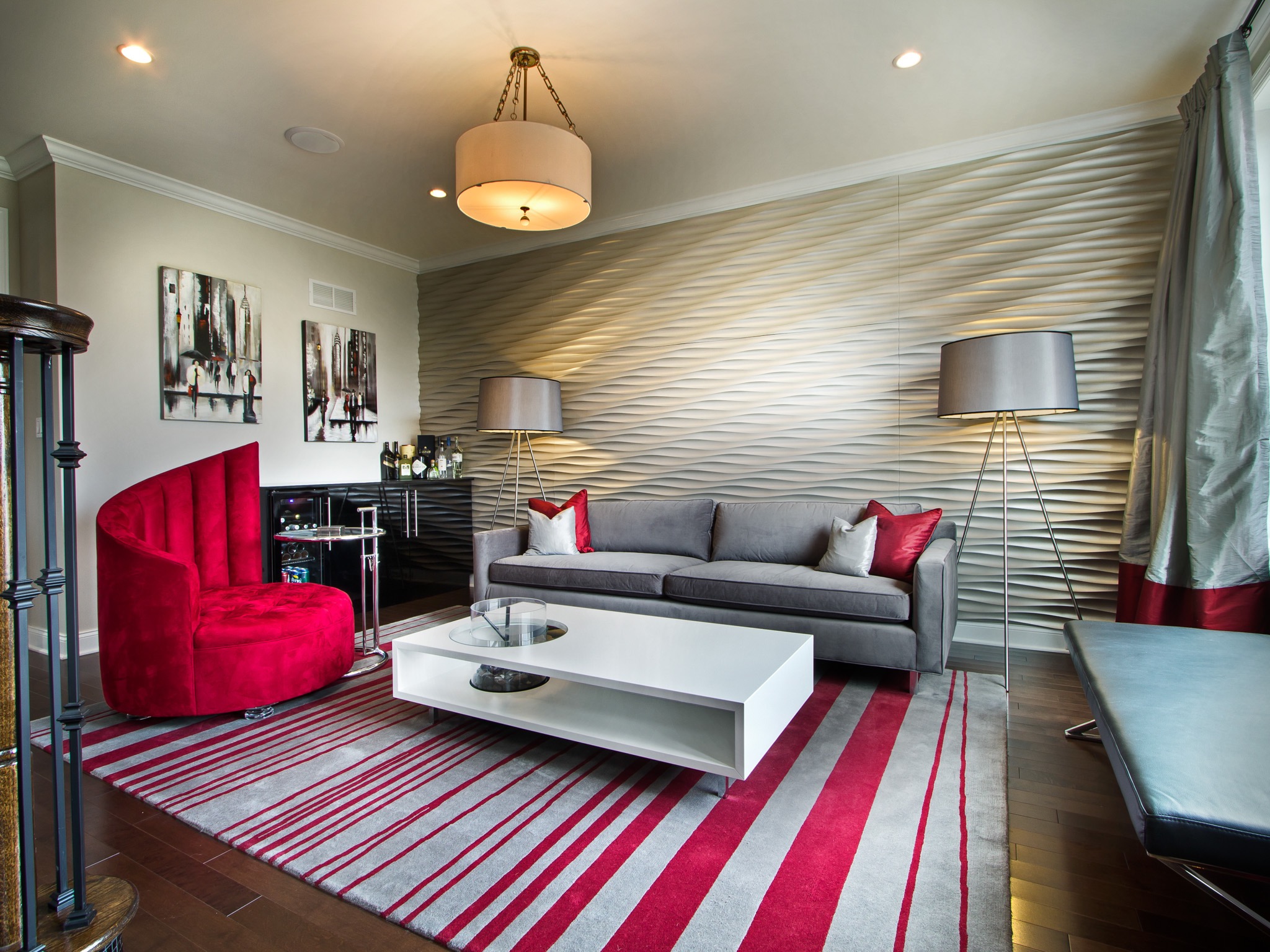

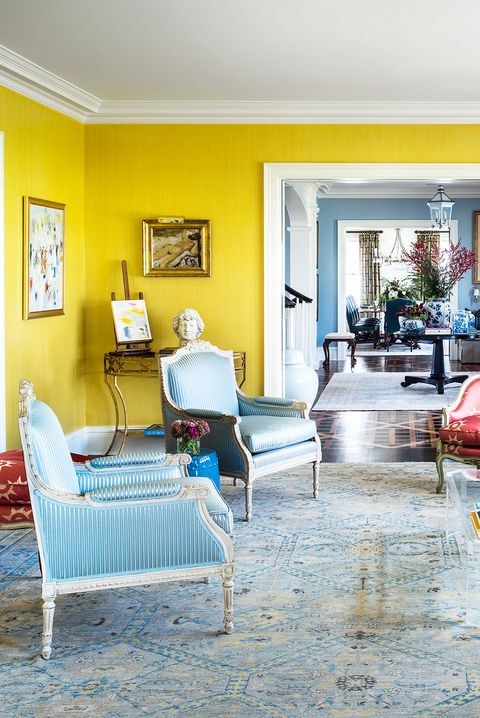

:max_bytes(150000):strip_icc()/choosing-interior-paint-colors-4011484-007-b567461297e44c4f8a84f1088e1f40ea.jpg)
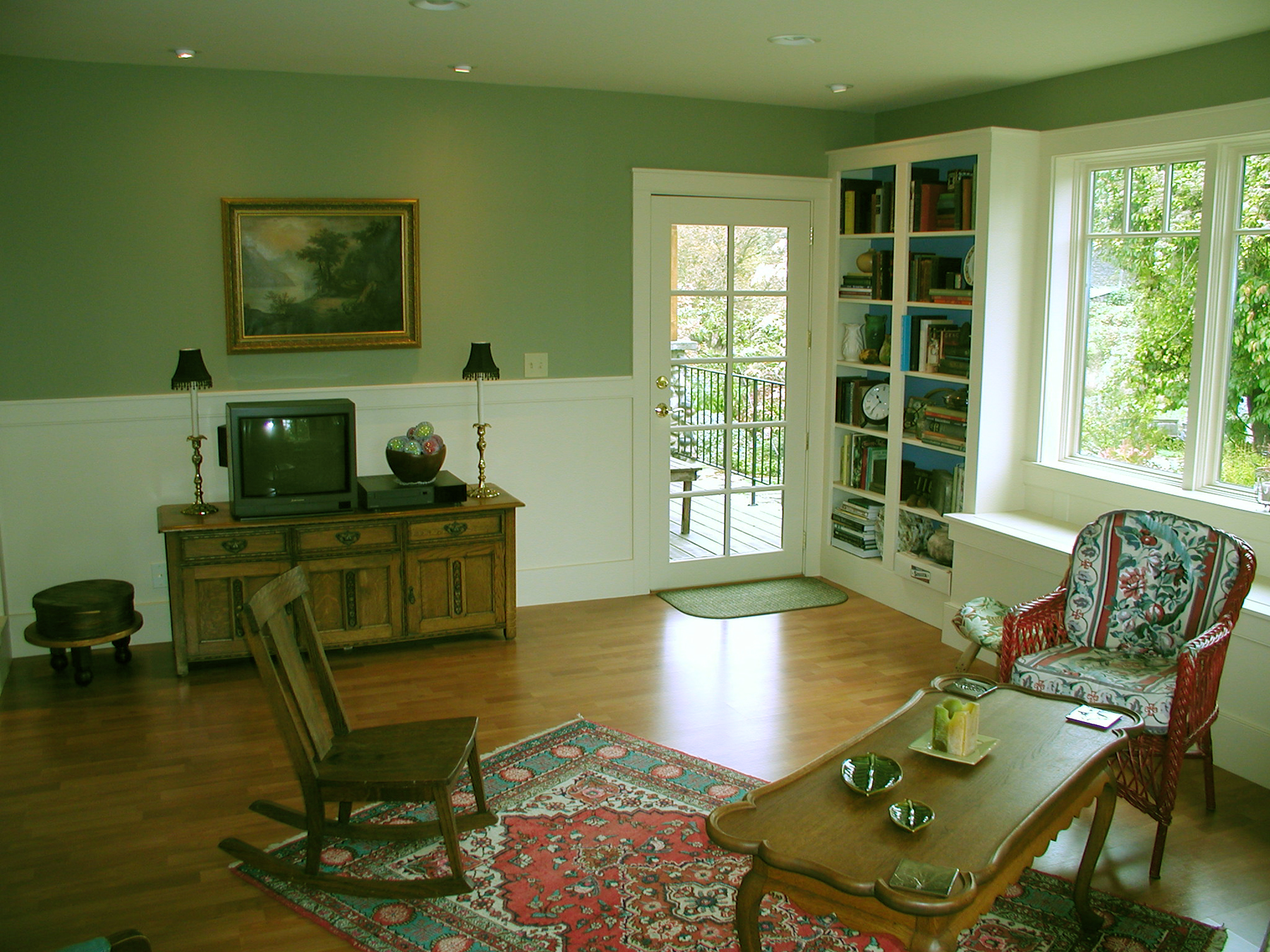

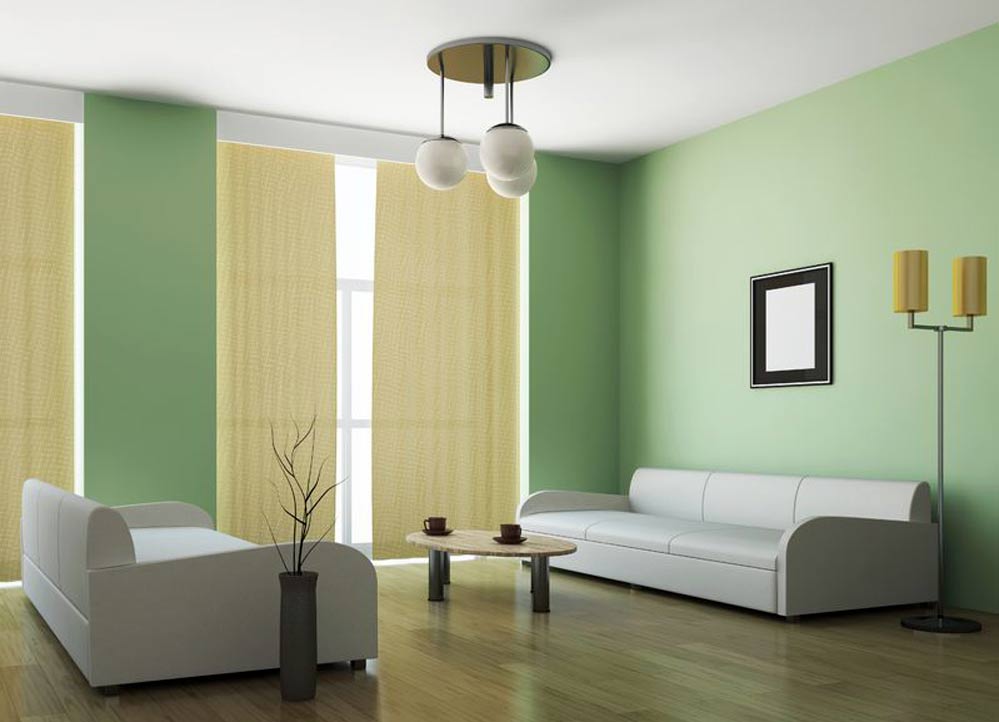


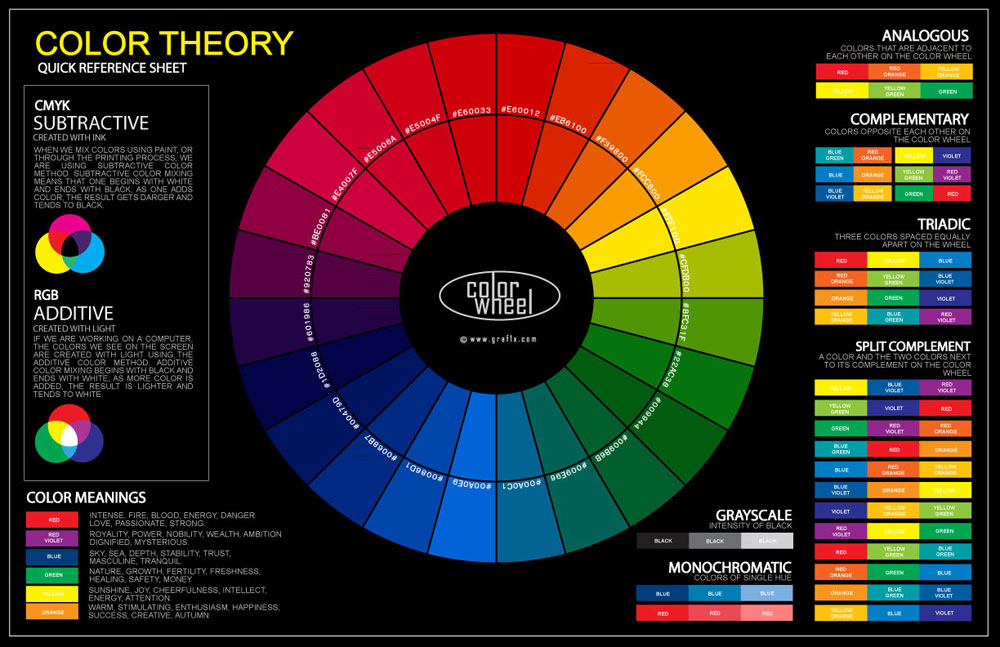

:strip_icc()/color-wheel-color-chart-resized-1ff10eeb63d04978ba4aaa25e62d8c6d.jpg)


/GettyImages-483184711-5bdde0034cedfd00262d22ac.jpg)

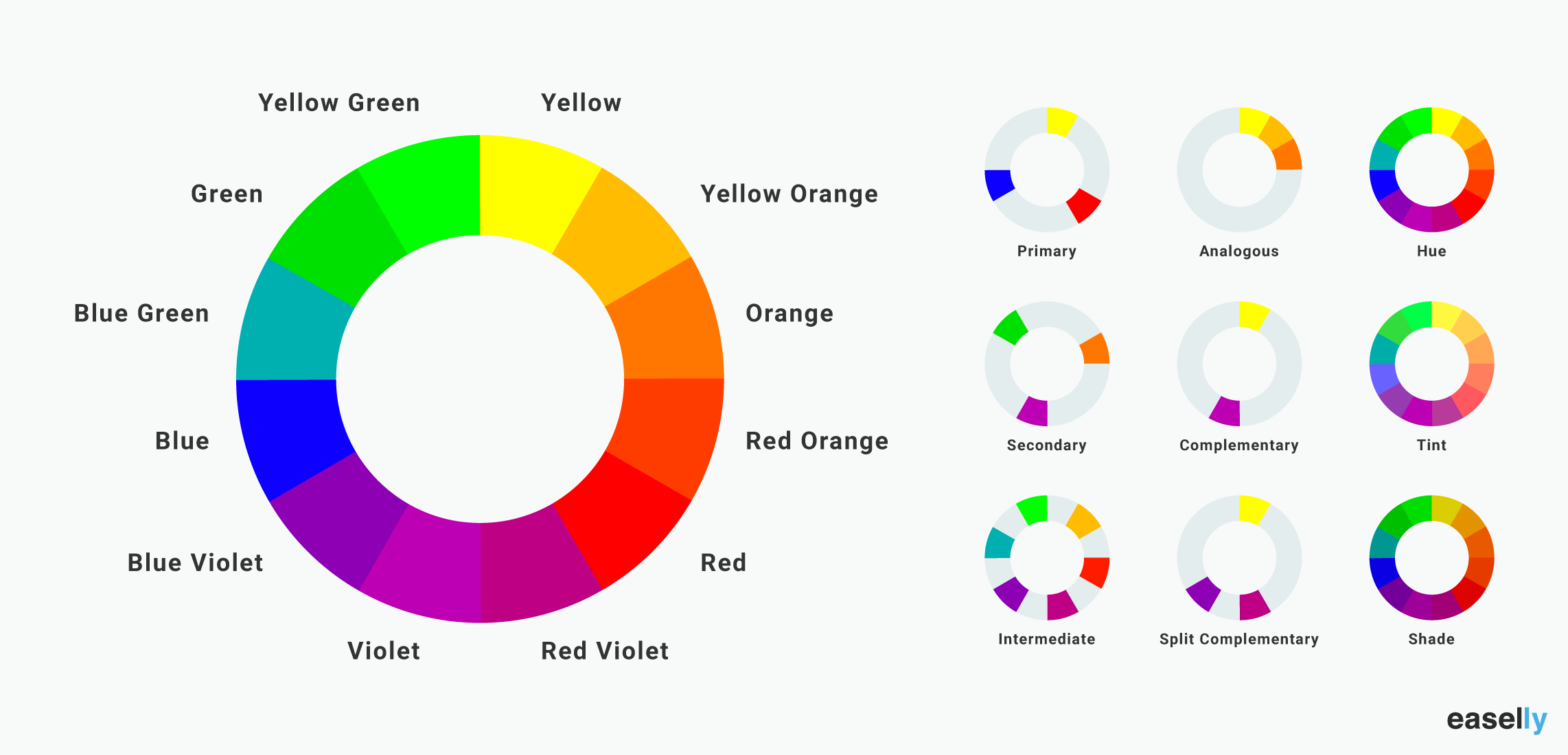







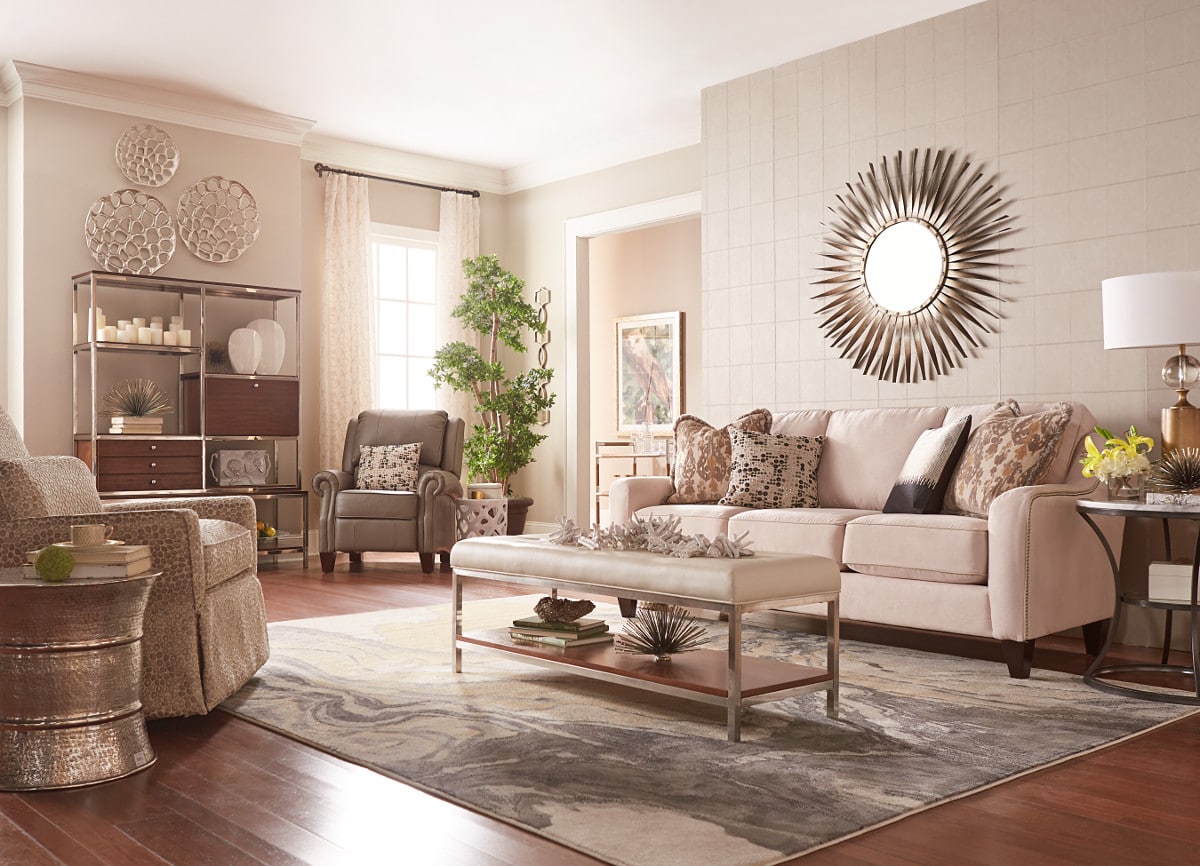
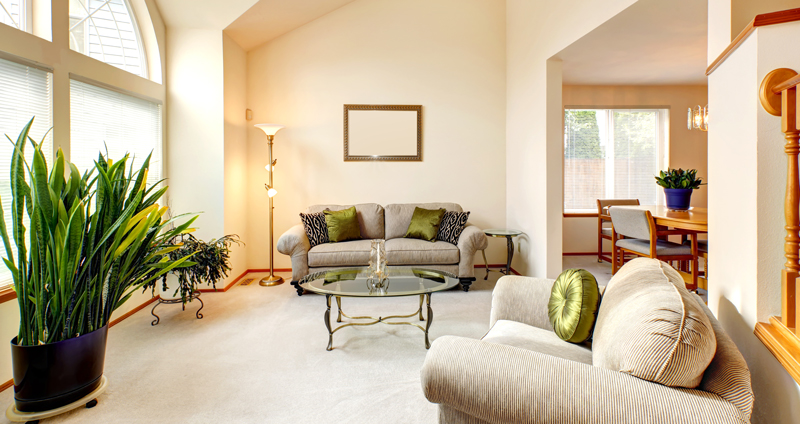
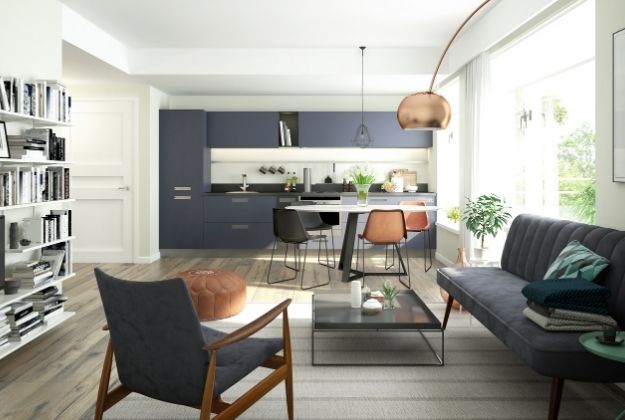
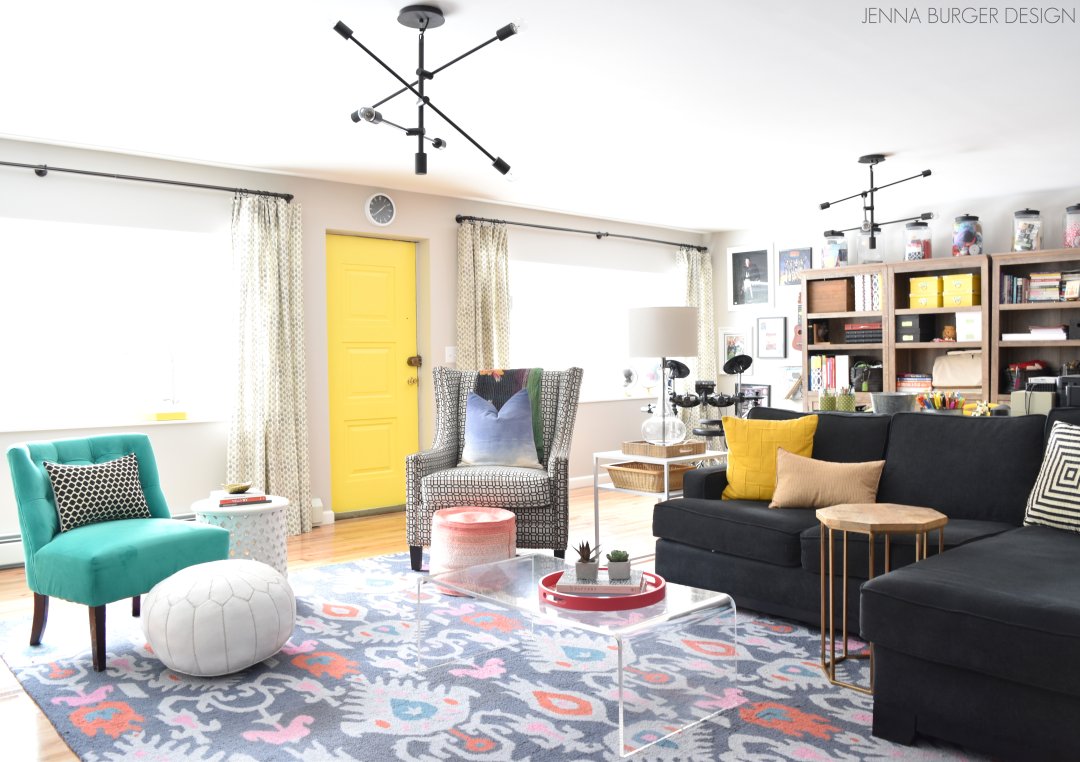


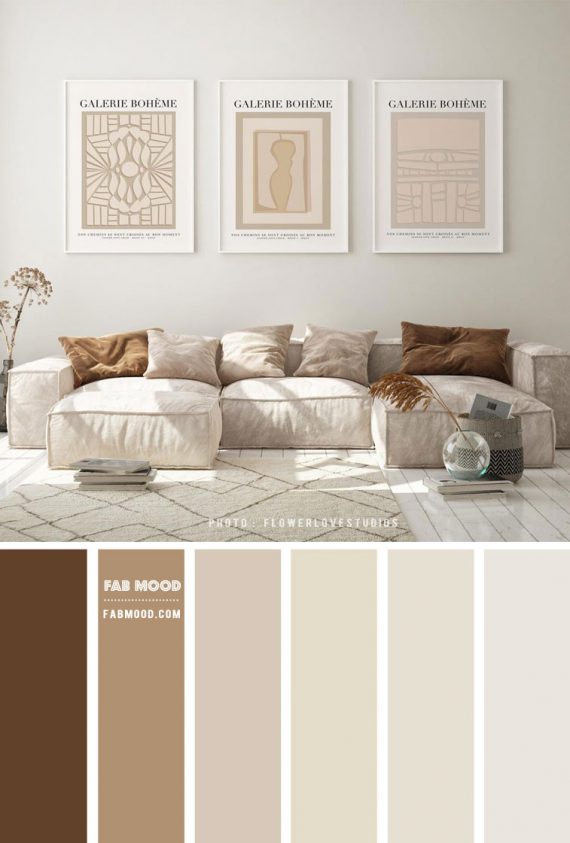

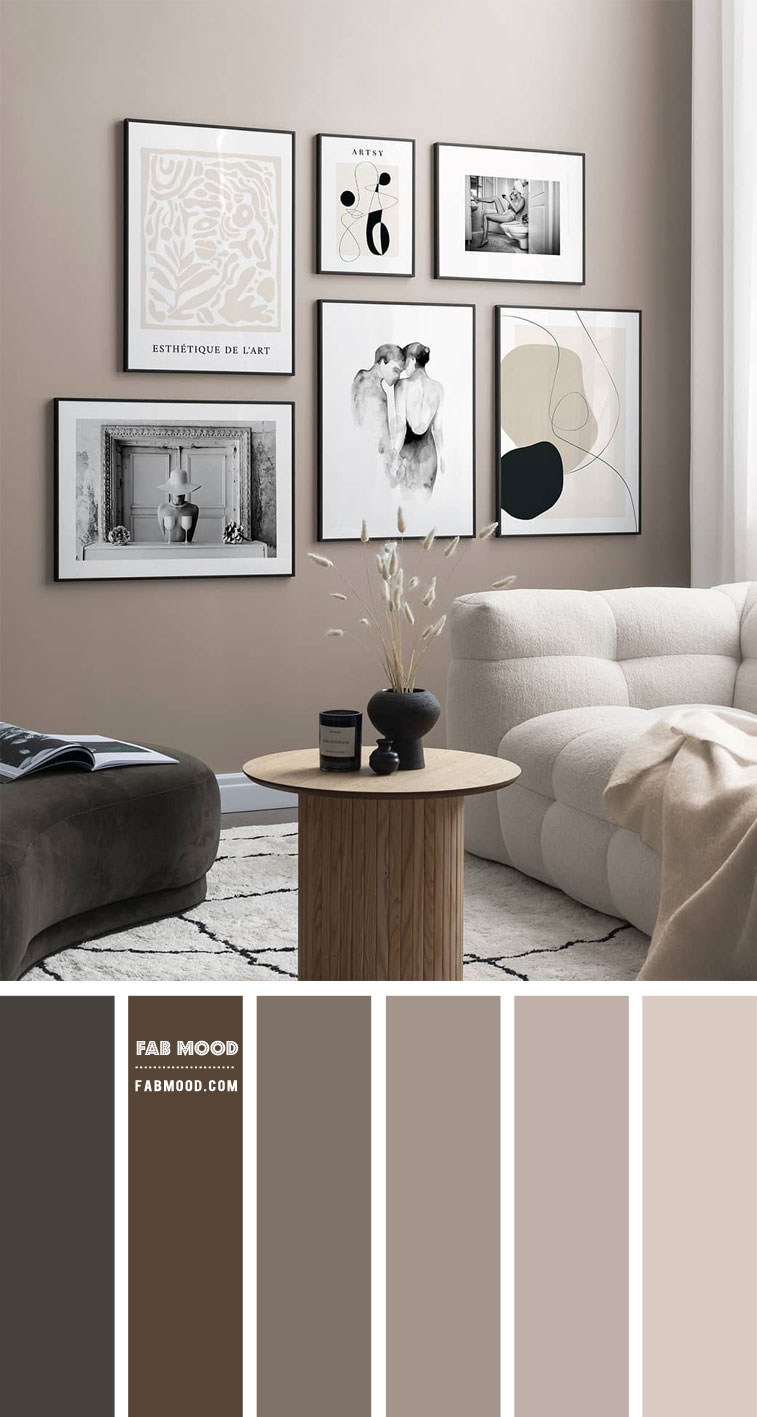
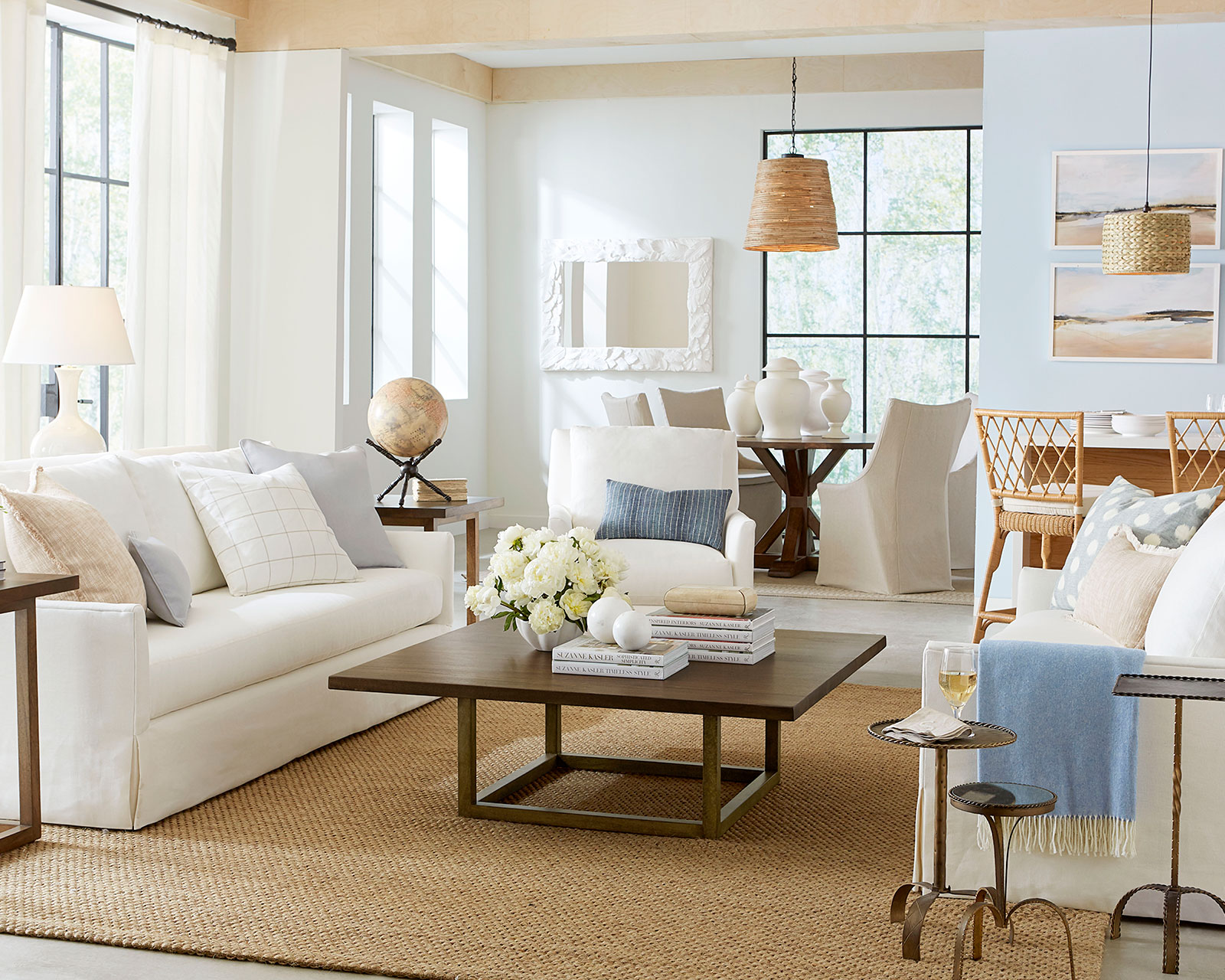


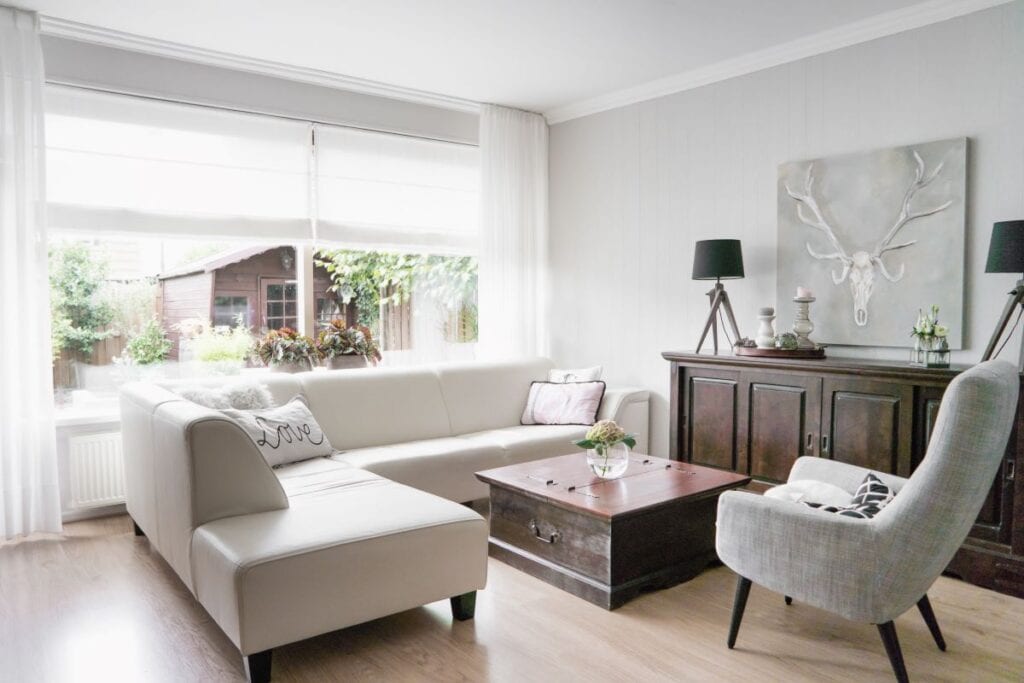
:max_bytes(150000):strip_icc()/neutral-palette-living-room-with-taupes-and-pinks-4ca4d2ec-7f70d16042224907ba331c1824cb8197.jpg)





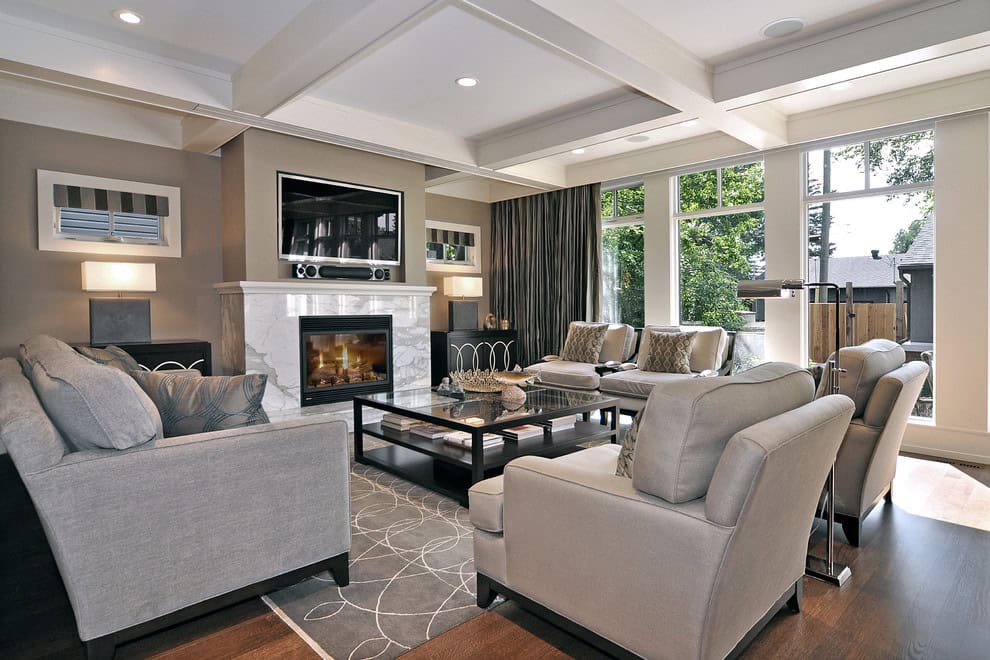




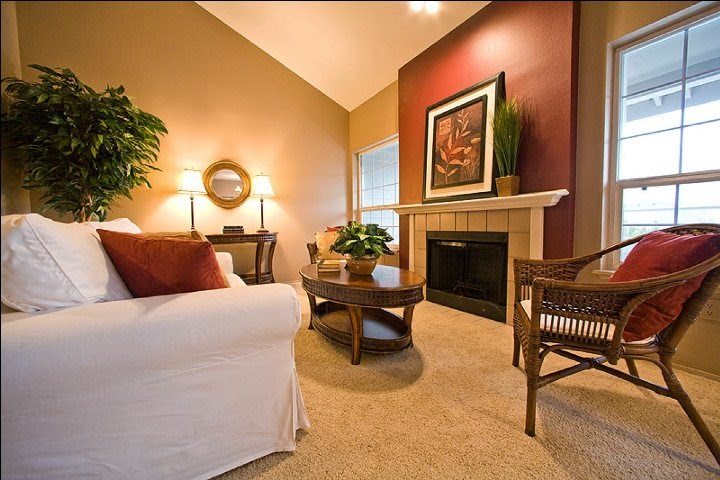


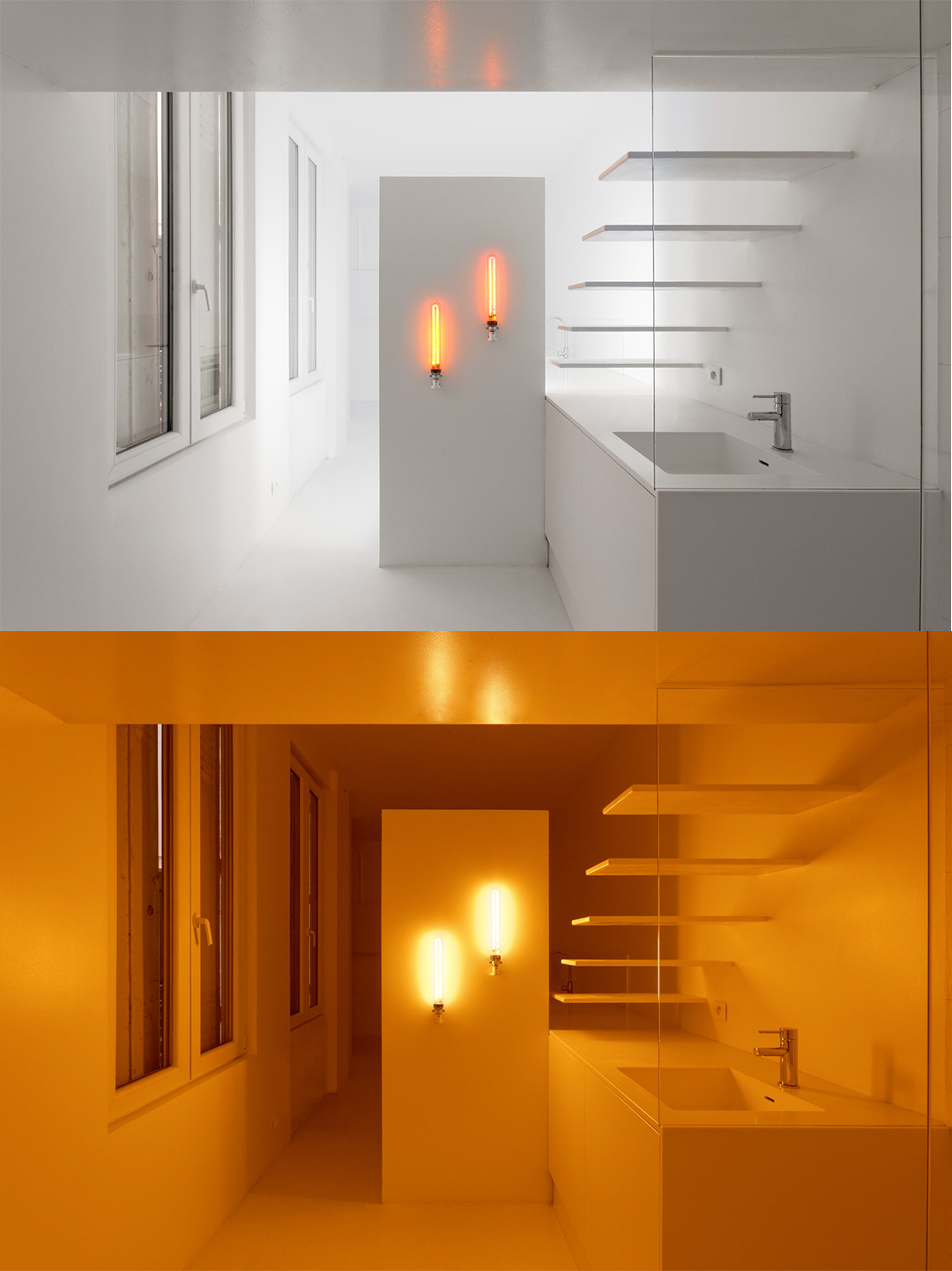



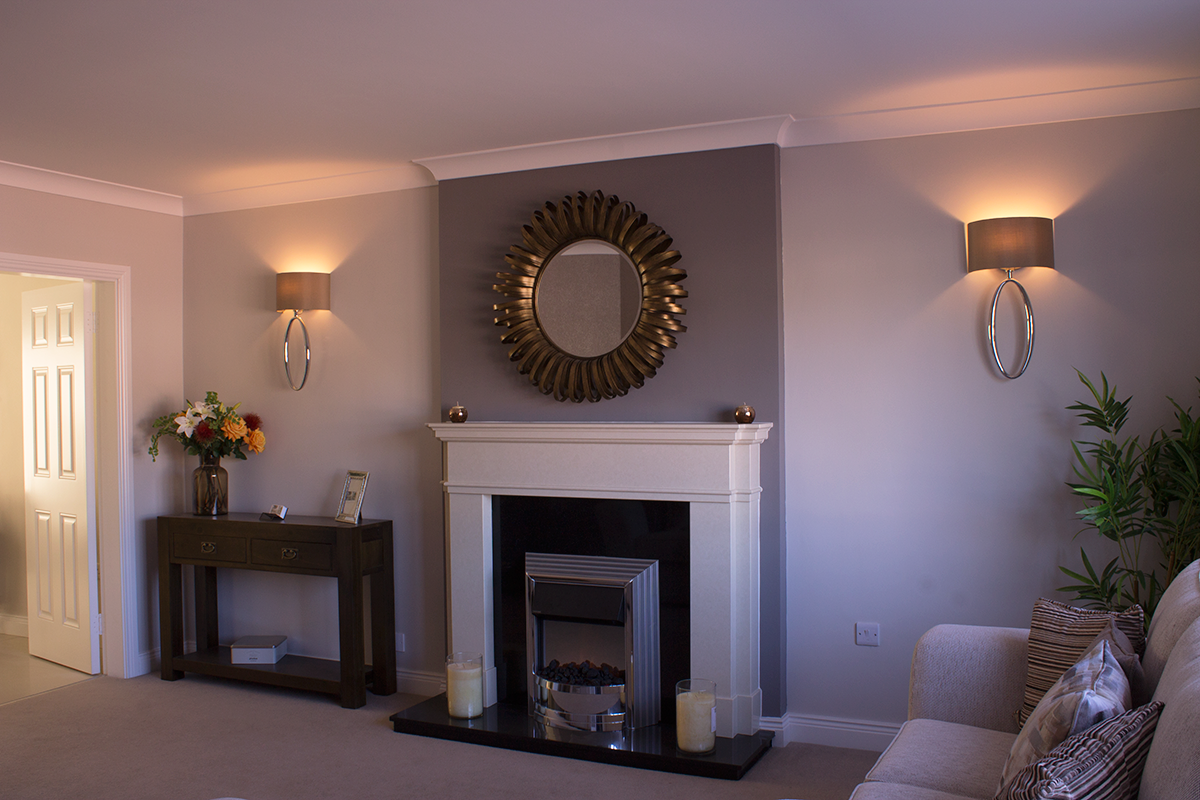

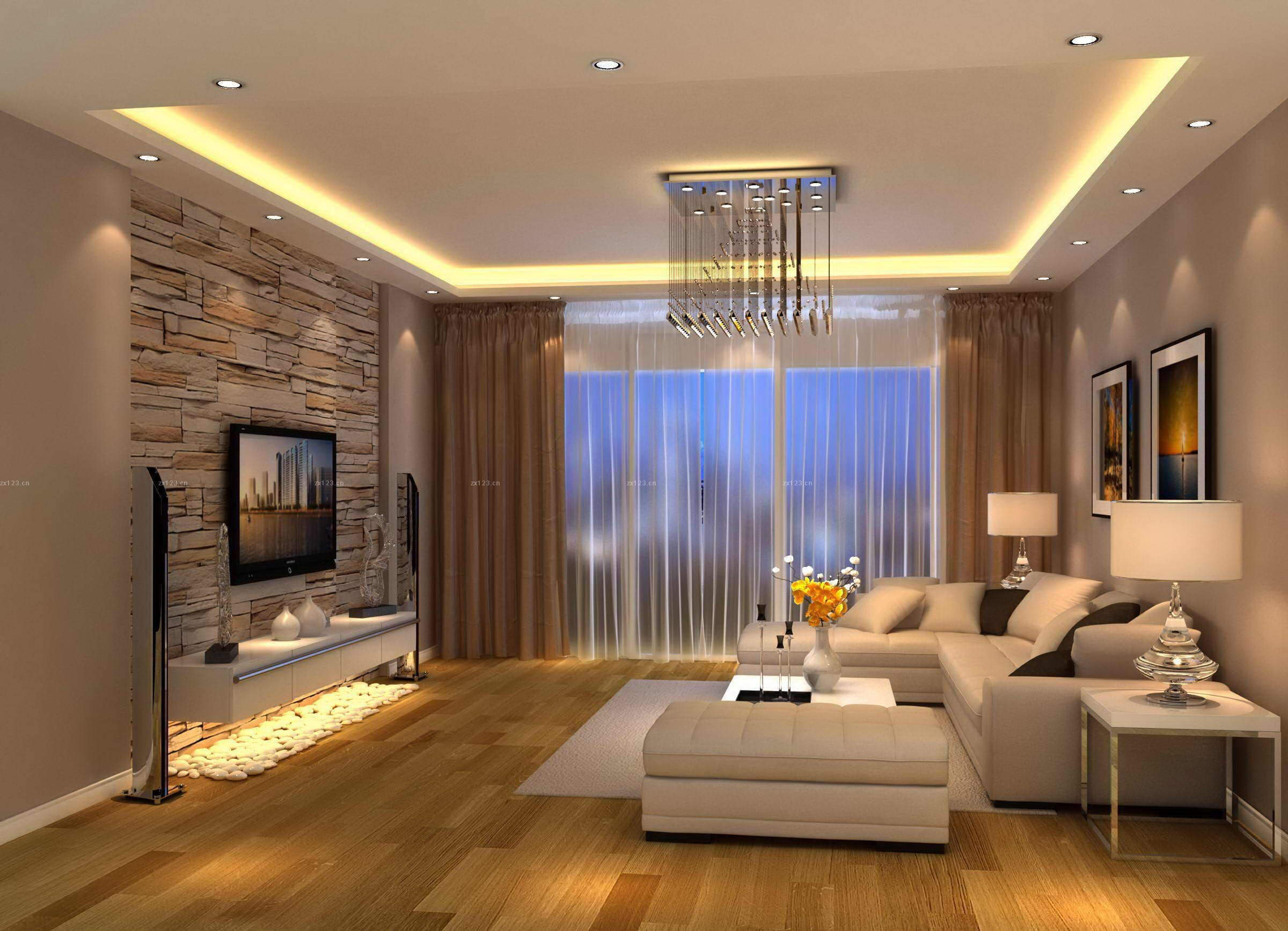

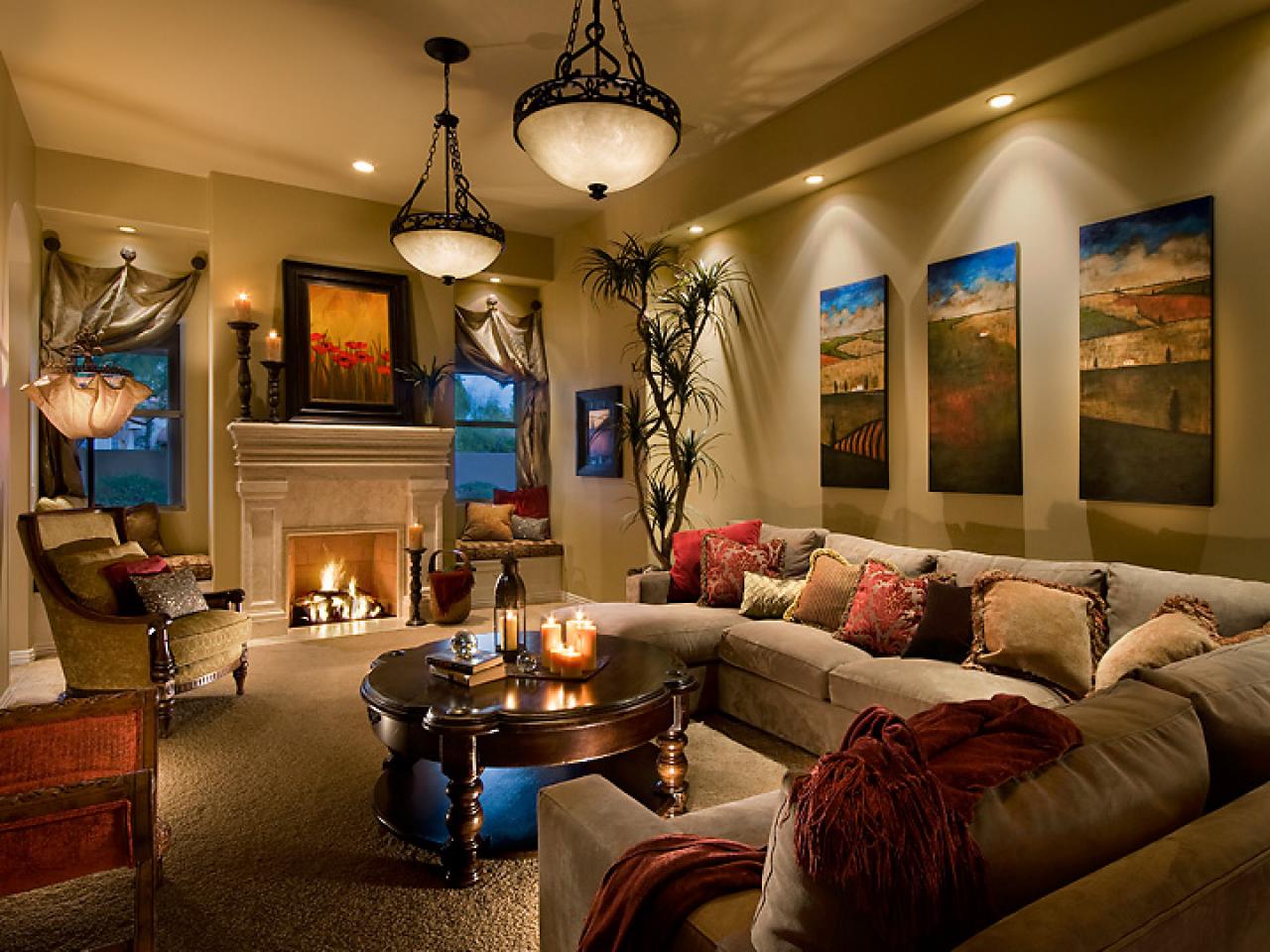
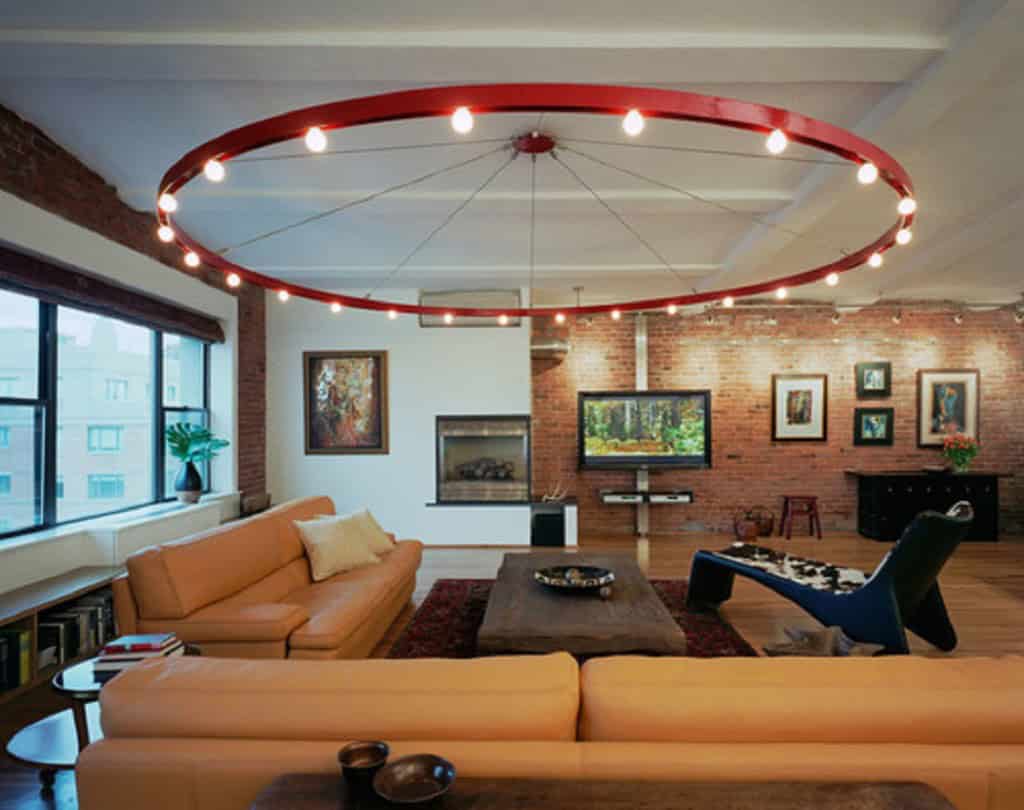


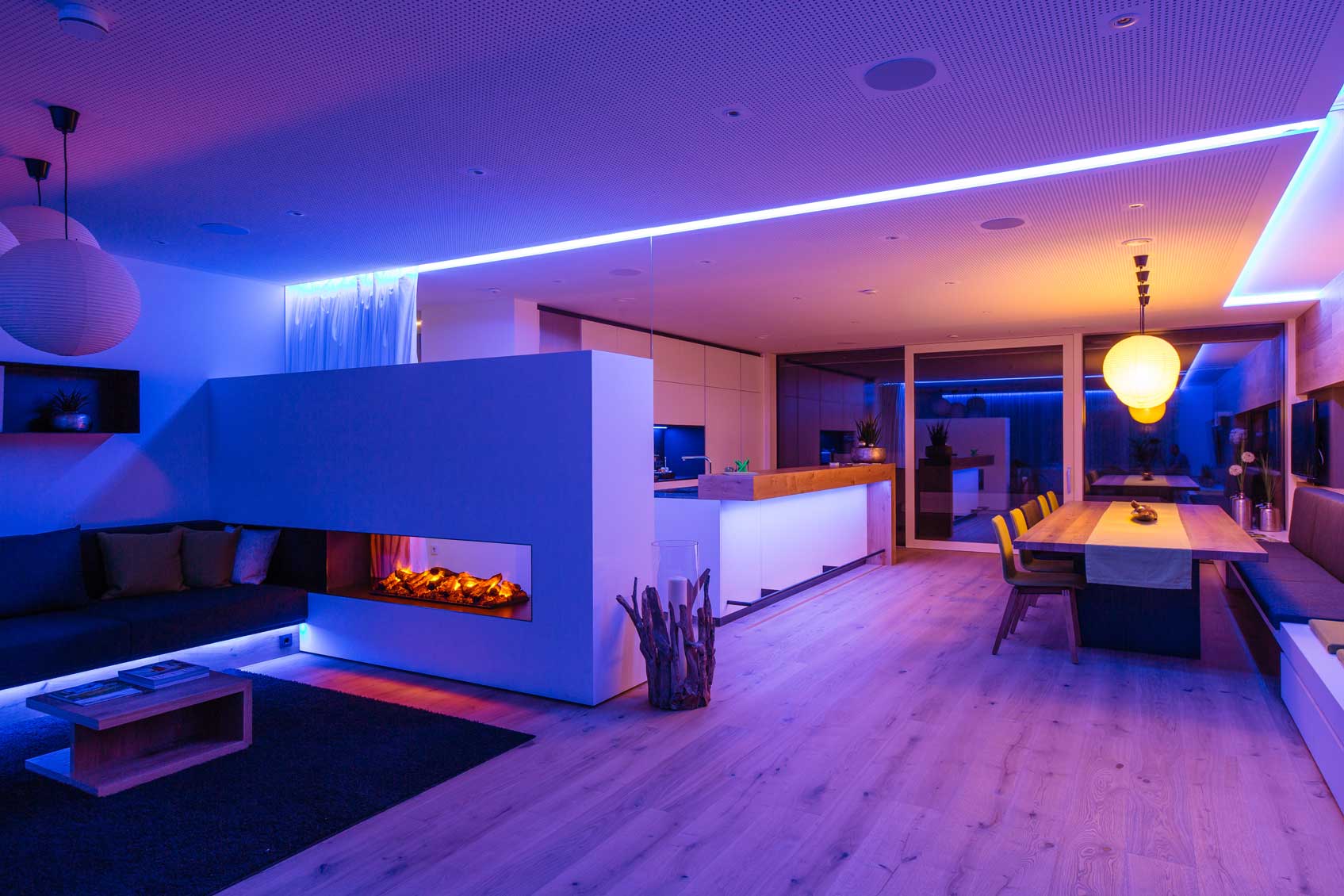


/light-blue-modern-kitchen-CWYoBOsD4ZBBskUnZQSE-l-97a7f42f4c16473a83cd8bc8a78b673a.jpg)
:max_bytes(150000):strip_icc()/_hero_4109254-feathertop-5c7d415346e0fb0001a5f085.jpg)


